Longview Campground, Lee’s Summit, Missouri
Do you see a man who speaks in haste? There is more hope for a fool than for him. ~ Proverbs 29:20
Before we got to town, Aunt Sherri and Uncle Nick made us a list of notable sights in the area. Because of Aunt Sherri’s recent knee replacement surgery (just three weeks ago!), they’re not able to run with us, but while she’s working on her therapy, we have time to check out some things ourselves.
Today, we chose to visit the Treasures of the Steamboat Arabia Museum. It proved to be an absolutely incredible place! Here’s what happened . . . .
Back in the early 1800s, from the time it was put to practical use, in 1807 to be exact; the steamboat became the best mode of transportation if you were looking to get around, see other parts of the country, or transport your goods. According to captainjohn.org,
The population in the United States (all 13 of them) in 1803 was just under 5 million, and three-fourths of them lived within 50 miles of the Atlantic Ocean. There were only five “popular & frequently” used routes of travel used by anyone, and they were:
Boston to Philadelphia – 310 miles – and took 10 days.
NYC to Albany – 155 miles – and normally took 6 days.
Philadelphia to Raleigh – 421miles – and usually took 20-25 days.
Raleigh to Atlanta – 407 miles – which took 24 days or longer.
Harpers Ferry to Pittsburgh – 512 miles – which took 30 days.
New Orleans to St. Louis was a hard 6 month trip.All these “routes” were little more than sandy, muddy, bumpy, rugged, and worn trails. Because of the condition of these routes, or trails; the use of a wagon, did not get the traveler to his destination any faster than walking. In fact, walking was usually the faster and preferred mode of travel… Wagons and horses were used mainly to help carry the traveler’s loads. So . . . It is no wonder why people didn’t travel very far from home.
In 1803, no one but Indians lived west of the Mississippi; and all the land north from the Gulf of Mexico to Canada, and from the Mississippi west to the Rockies, belonged to France.
Imagine. . . if you can. The Steamship “New Orleans” arriving in New Orleans on January 10, 1812 for the very first time. . .
It would have been far bigger than any ship anyone had ever seen. In addition, it had no sails. And if that wasn’t a miracle and amazing enough – it also promised to take you and your family with all your belongings to St. Louis, in only 18 days. A trip that previously would have taken you 6 months to a year.
I found captainjohn.org chock-full of fascinating information! So much so, I created a Special Edition blog post in order to share it with you. I love it when history is told in an easy manner, and includes a timeline of events. Say what you will about Thomas Jefferson, but if it weren’t for him, we might all be speaking French today.
So. You’re probably wondering what all this has to do with our day today. During the approximately 100 years of steamboat travel, 400 boats sank on the Missouri River alone. 200 of them between Kansas City and St. Louis – a distance of roughly 250 miles, give or take. (By the way, did you know, the Missouri is the longest river in the US? It starts in southwestern Montana in the Rocky Mountains and flows to the Mississippi. It’s length beats the Mississippi by about 200 miles!)
On September 5, 1856, one of those casualties became the “Arabia”. It was carrying 200 tons of cargo, 150 passengers and crew, and one mule. There were no human causalities.
132 years later, on November 26, 1988, after several years and a whole lot of their personal money invested in the search, it was found 45’ beneath a corn field and a half-mile away from the current path of the Missouri River. The Hawley family and two of their friends first learned of the existence of the Arabia in 1986, and were enthralled with the idea of taking on a treasure hunt for her, but once they actually uncovered it and discovered how well everything was preserved, they re-thought selling it for money, so they spent a year uncovering everything (four months just to get it out of its resting place) and cleaning off the mud and invested in a museum, which opened its doors in 1991. The museum is run by the family, and began turning a profit after 10-15 years.
It truly is a marvel!! Enjoy! And be amazed as we were!

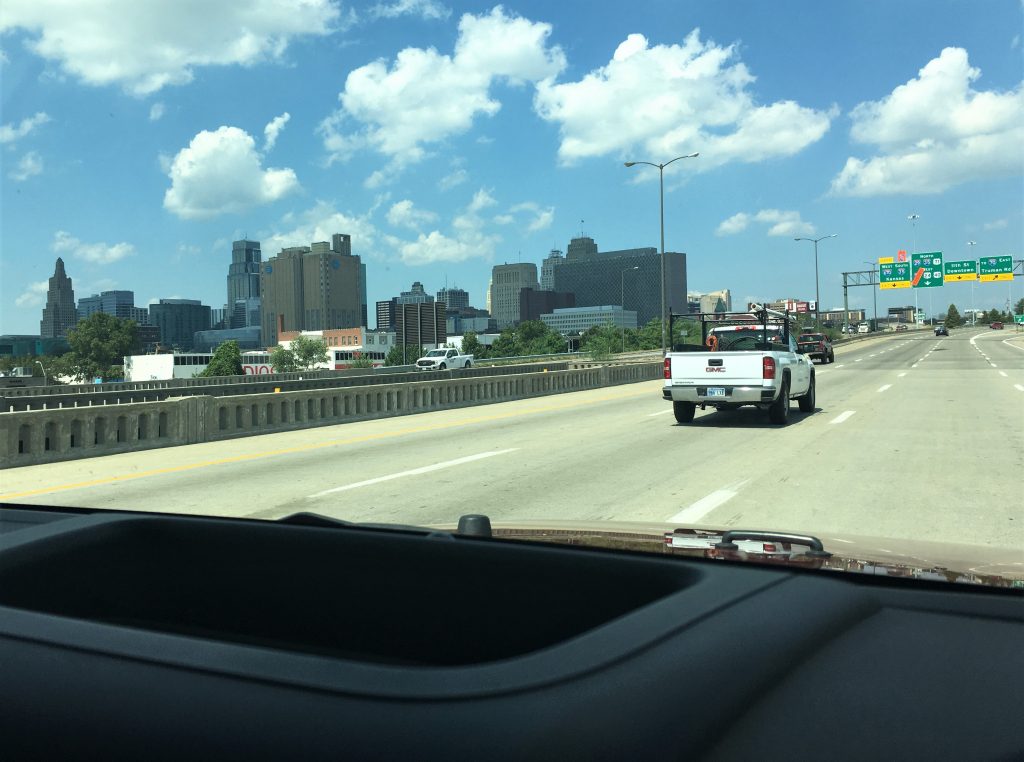
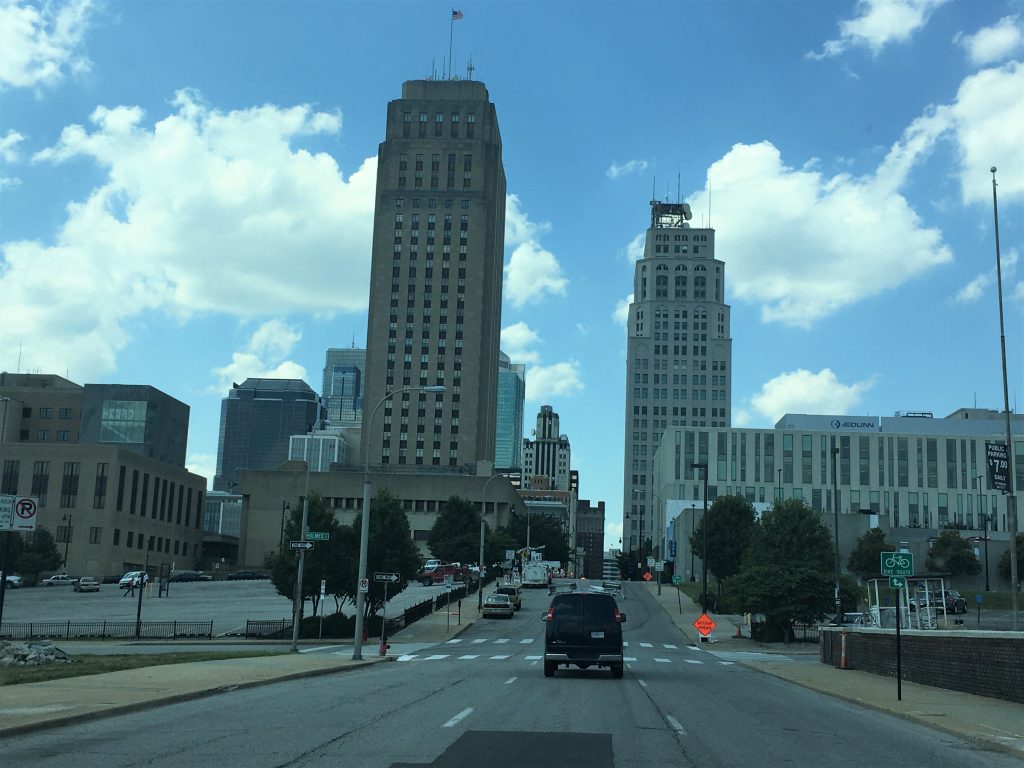


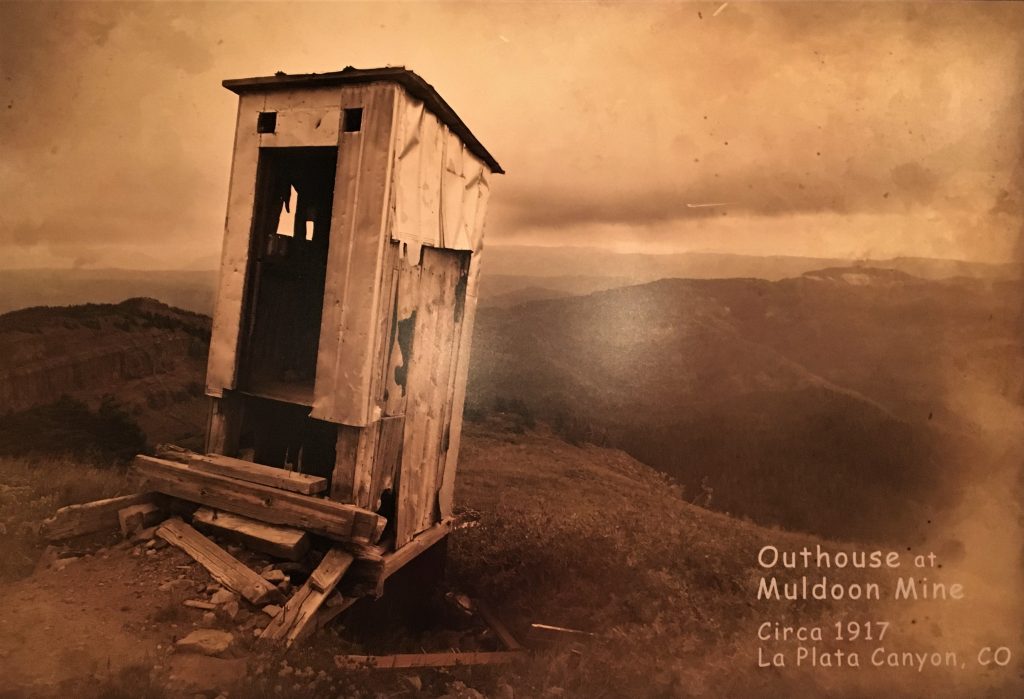
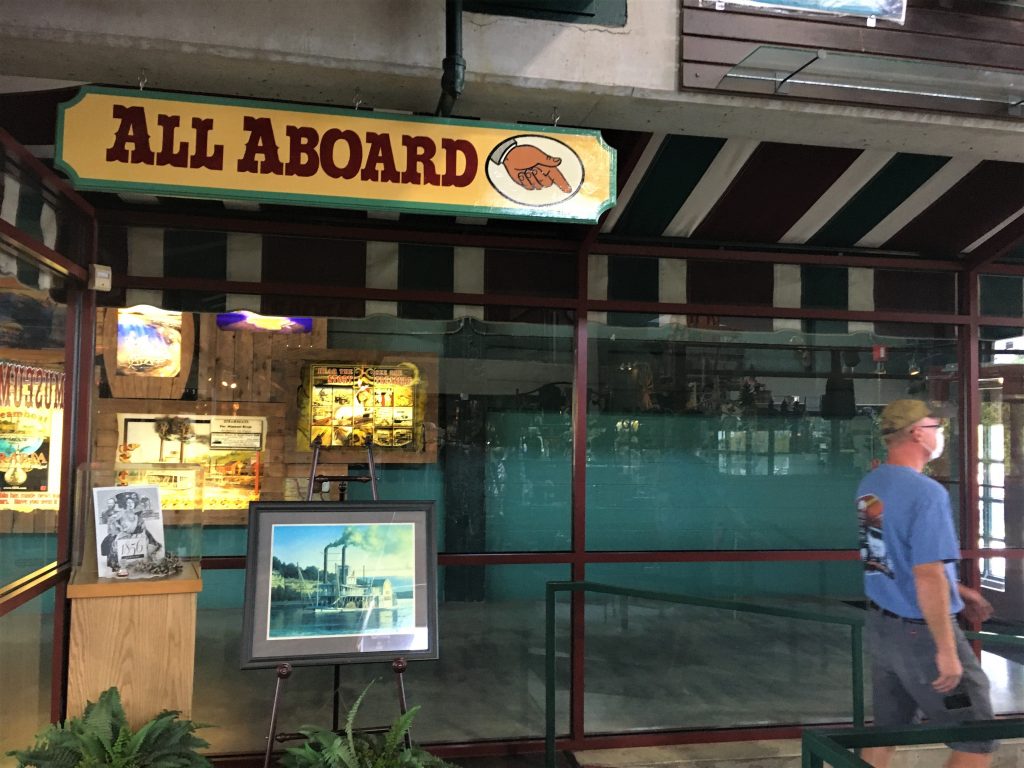
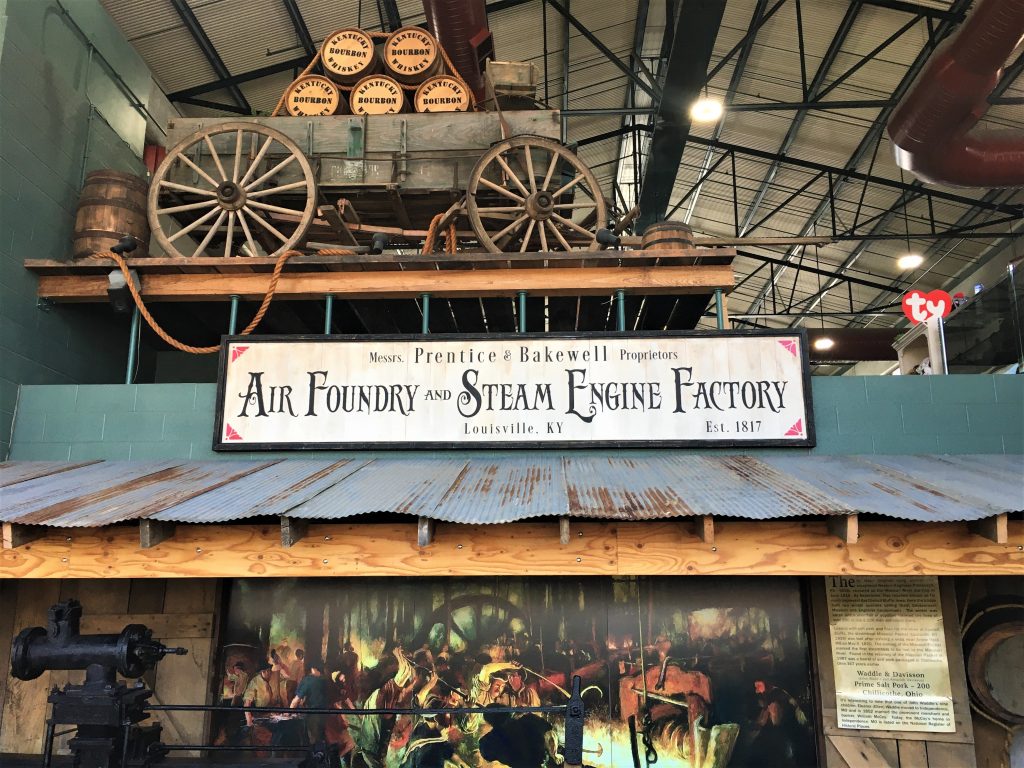

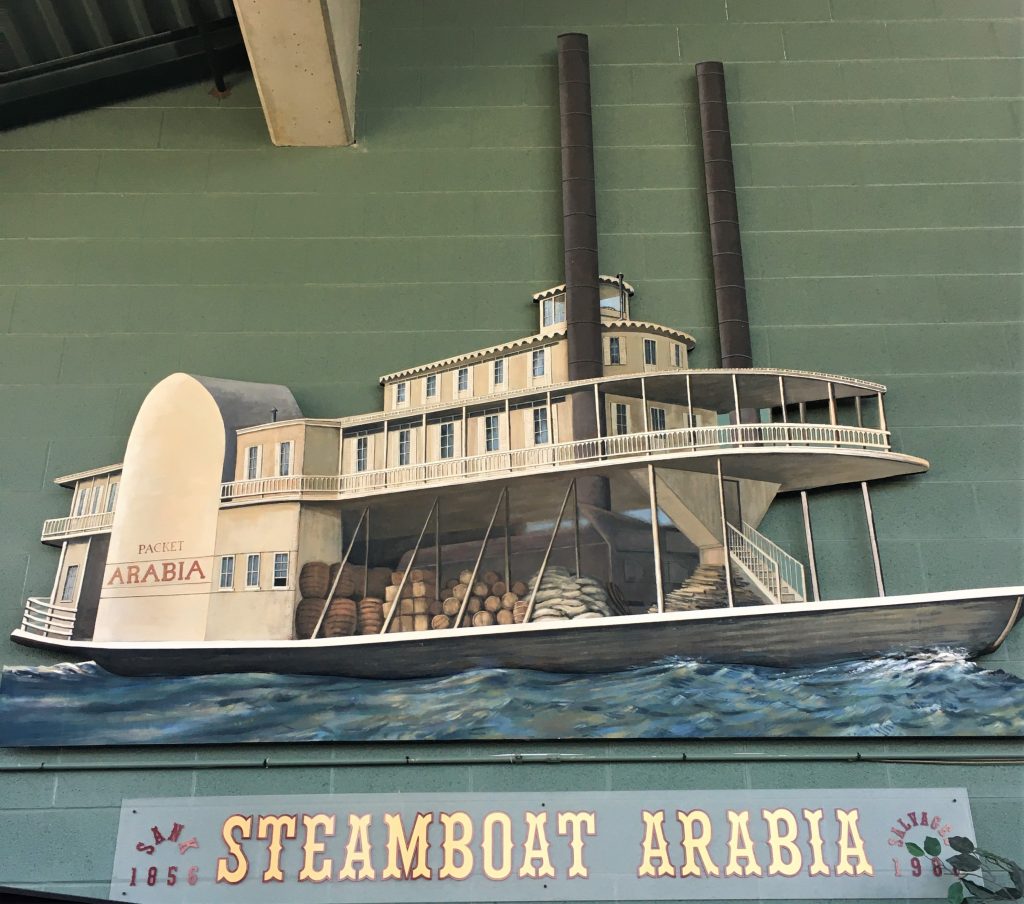


They used to have guides to begin your tour through the museum, but with the introduction of COVID, they’ve created four, 5-minute videos at four different large-screen TVs that lead you along a hallway. These videos give you a brief introduction about the history of the Arabia, the spark of adventure planted in the three Hawley men (father and two sons, who owned a successful HVAC system company) and two of their friends (a restaurant owner, and a heavy equipment operator), and the recovery efforts.
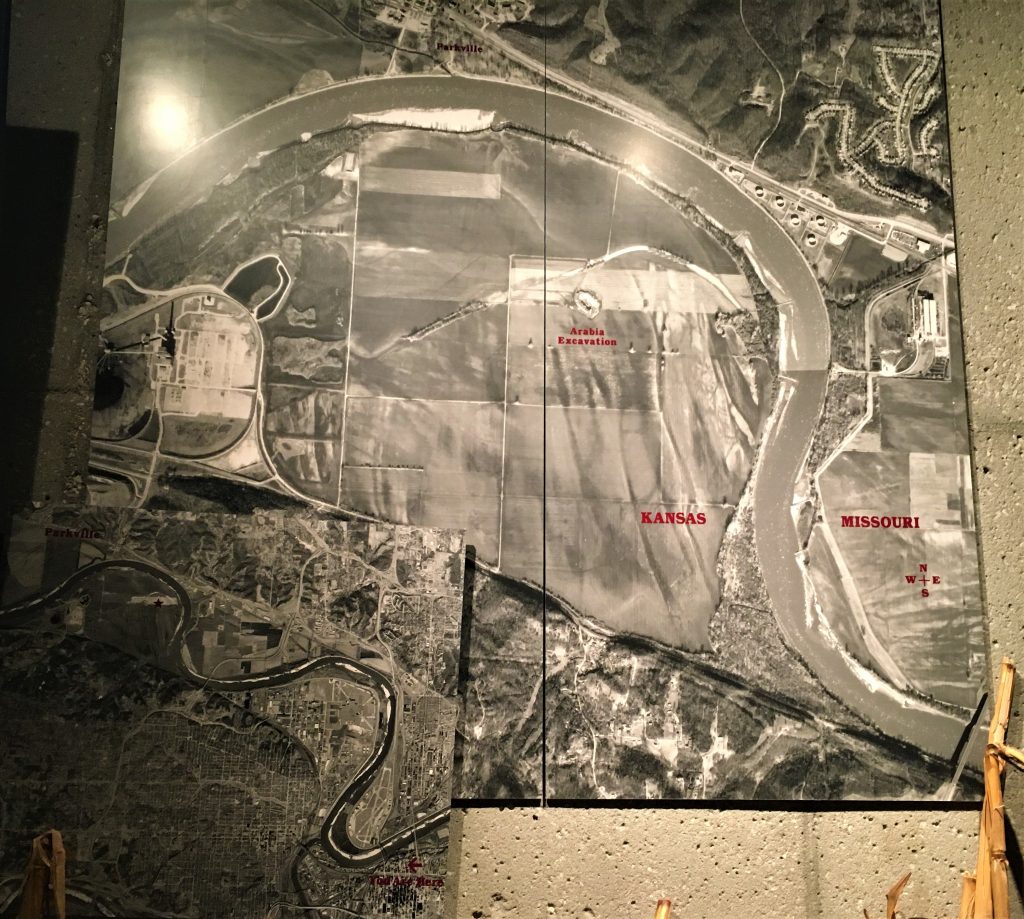

Once you’ve finished watching the videos, you turn one last corner, and there it is! The stern of the boat!

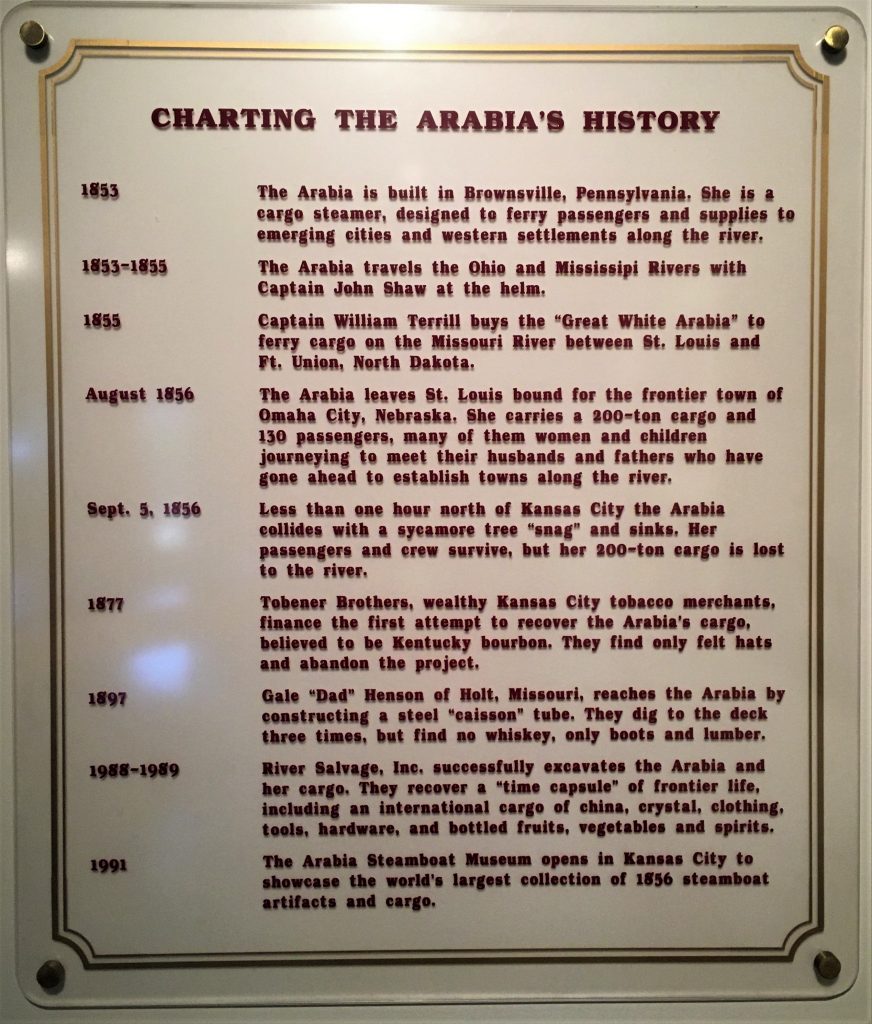

One of the funny stories they shared was from the day they first actually saw her.
The Mom got a call from her husband telling her to come to the site,
but she informed him she had chili cooking.
To which he replied, “Forget the chili!”
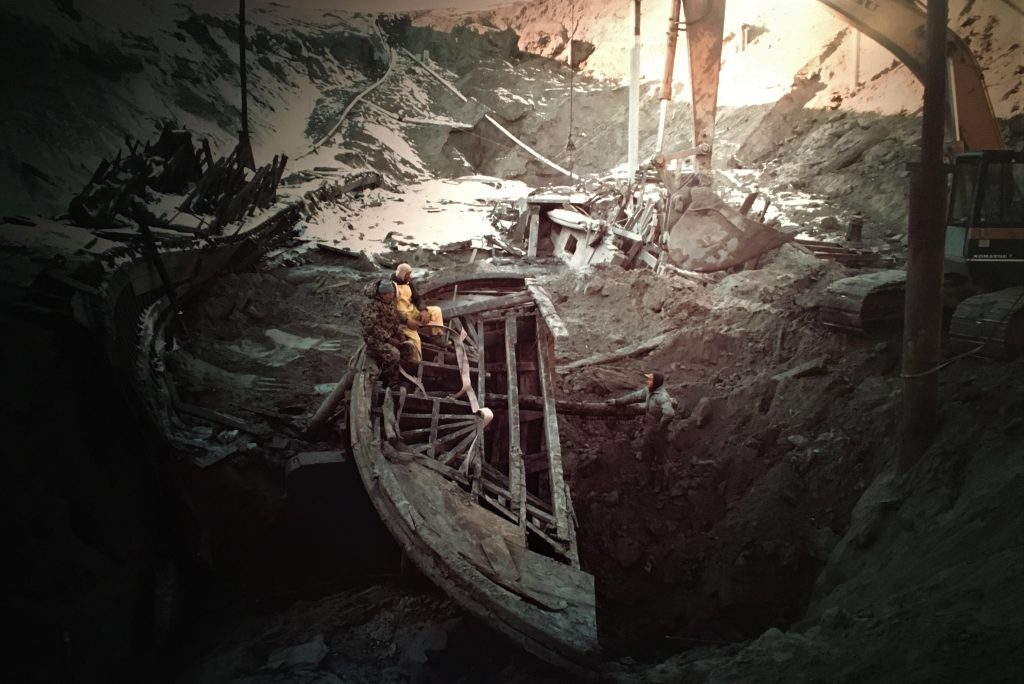

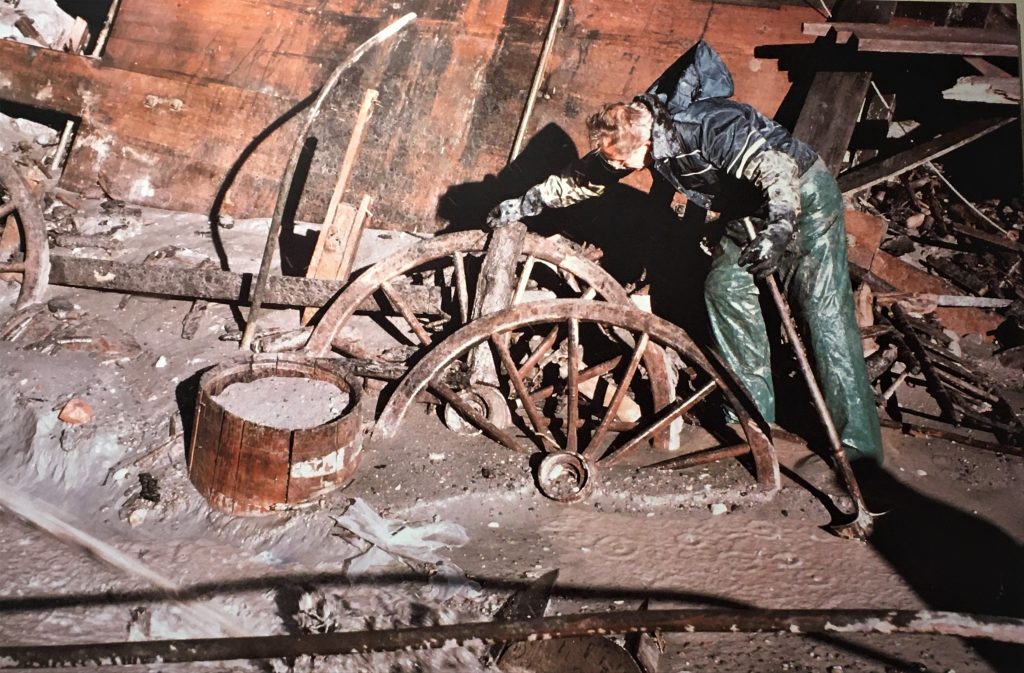
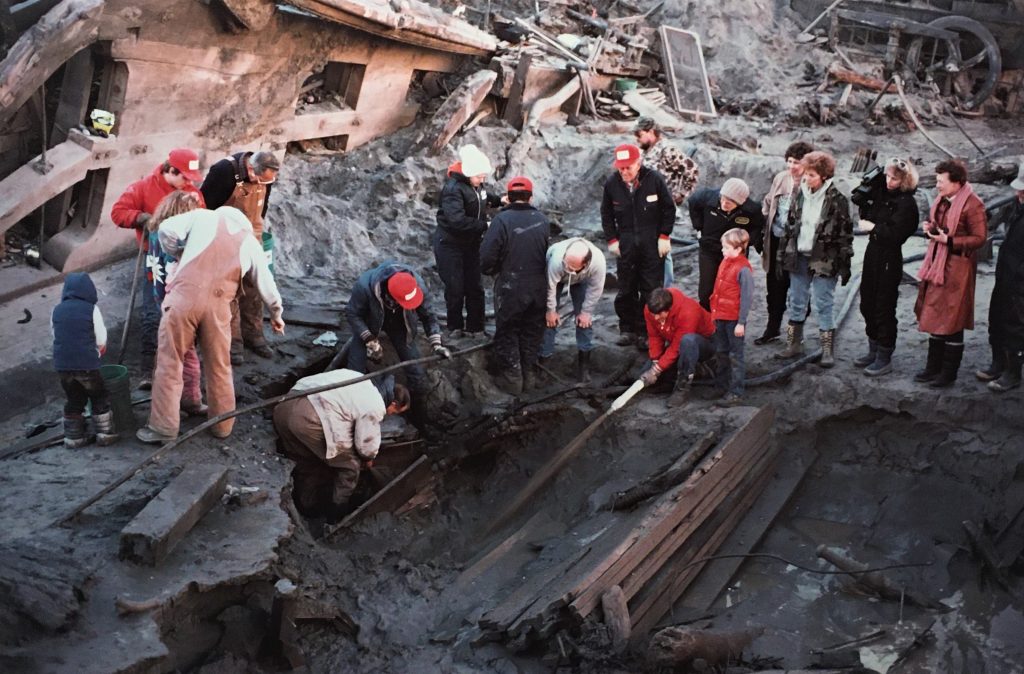
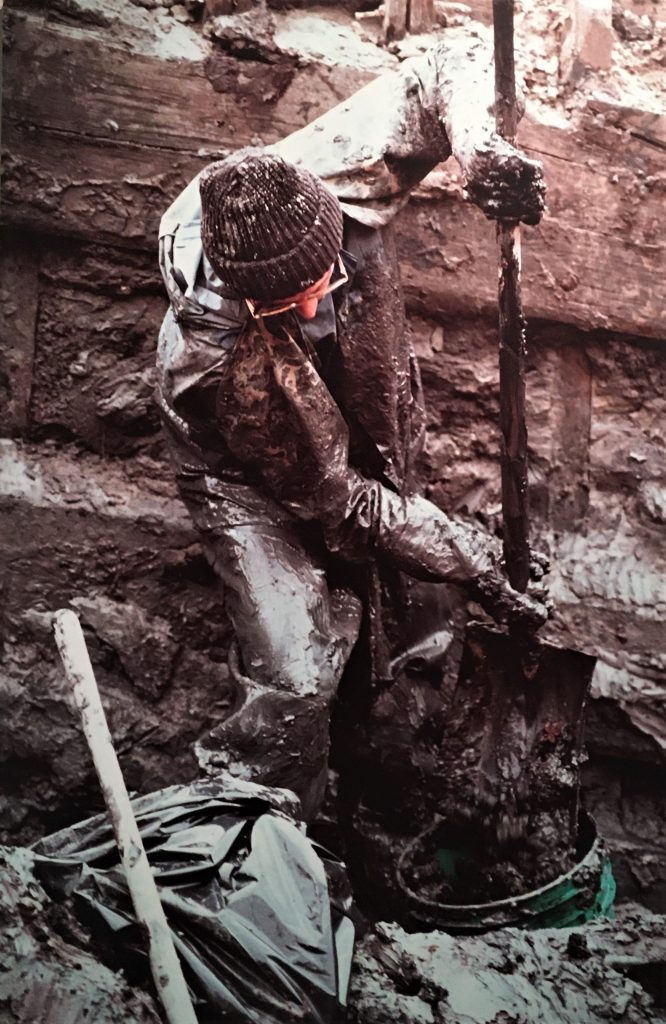
Wonder if they hosed off at the site before they got in their vehicles to go home?
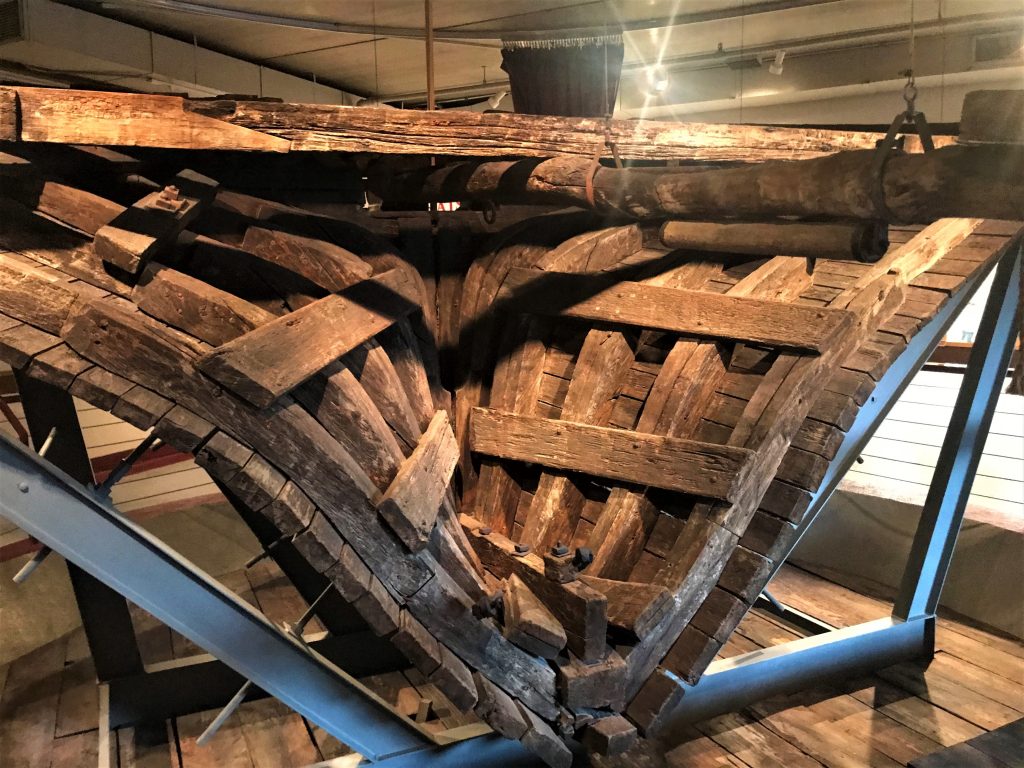
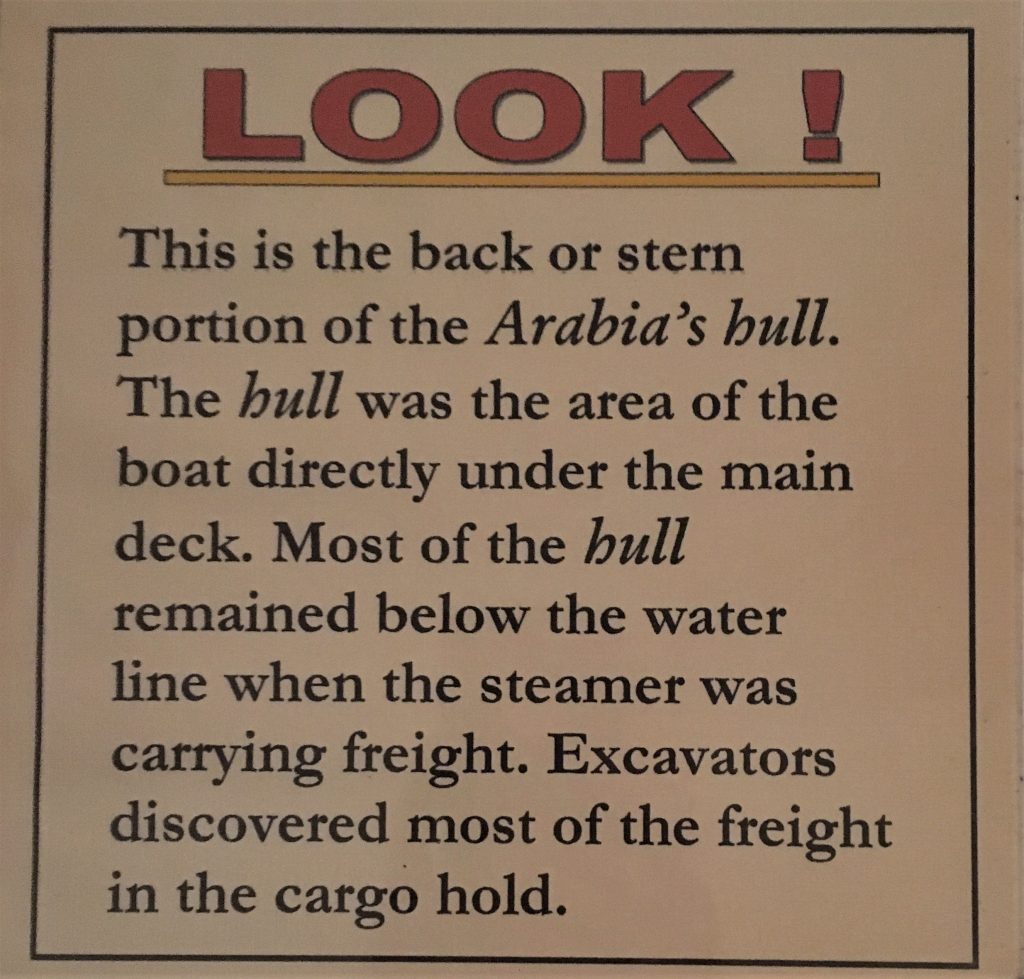

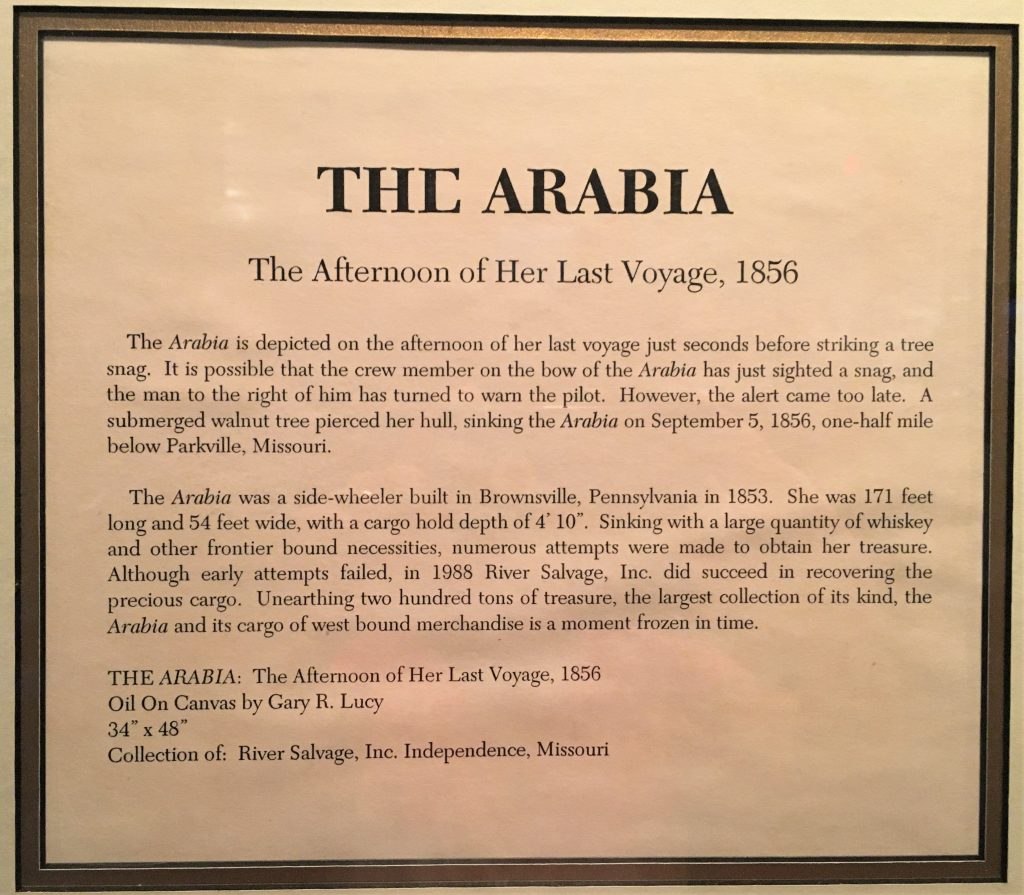
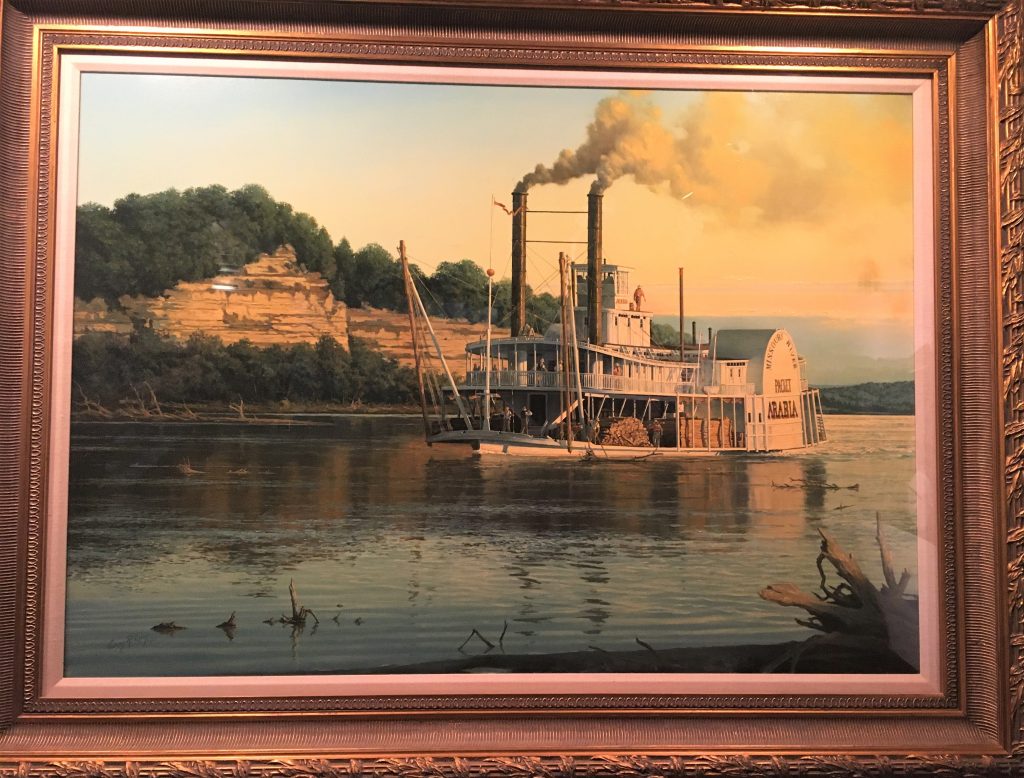

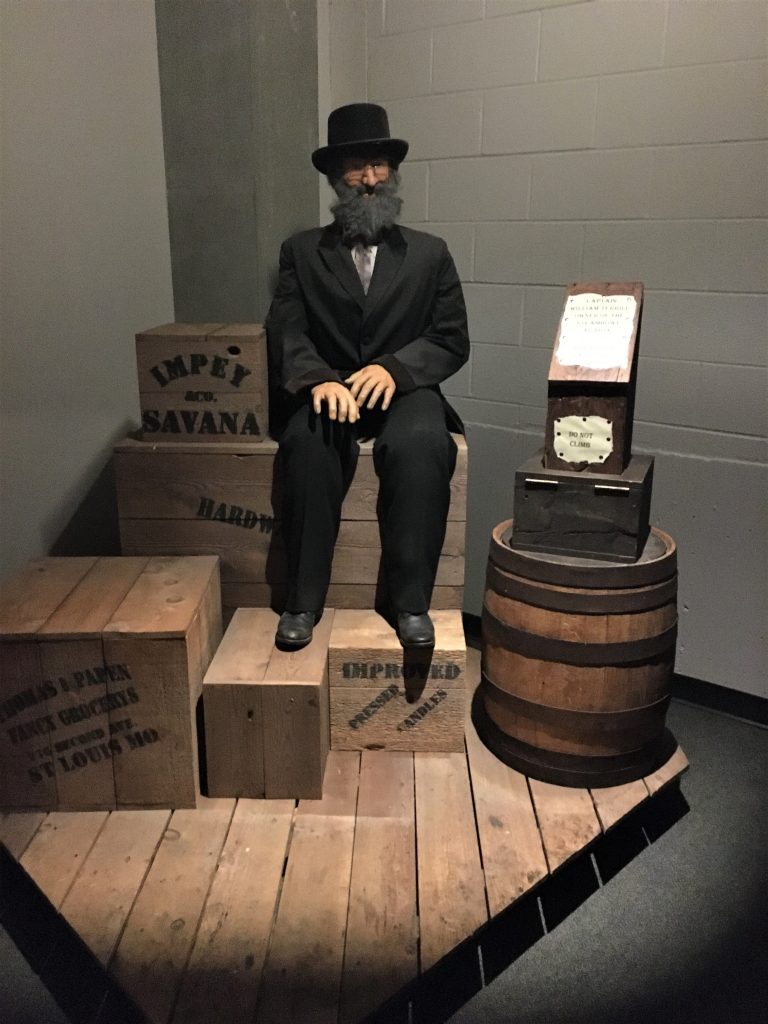
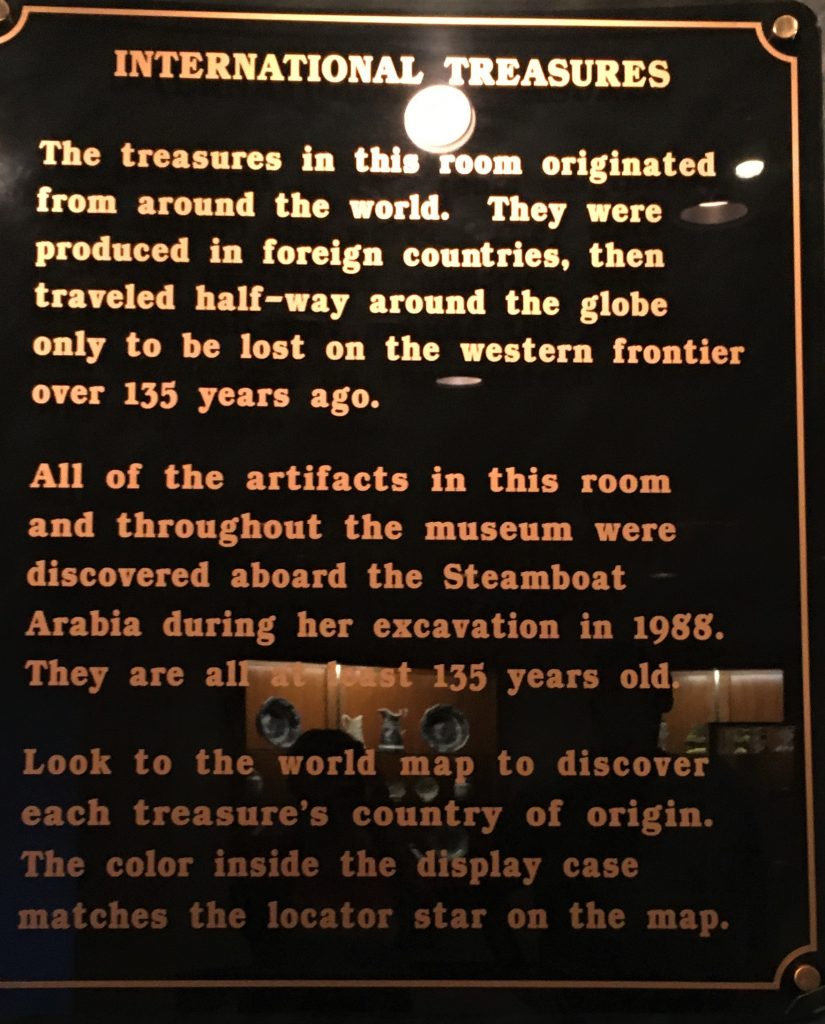
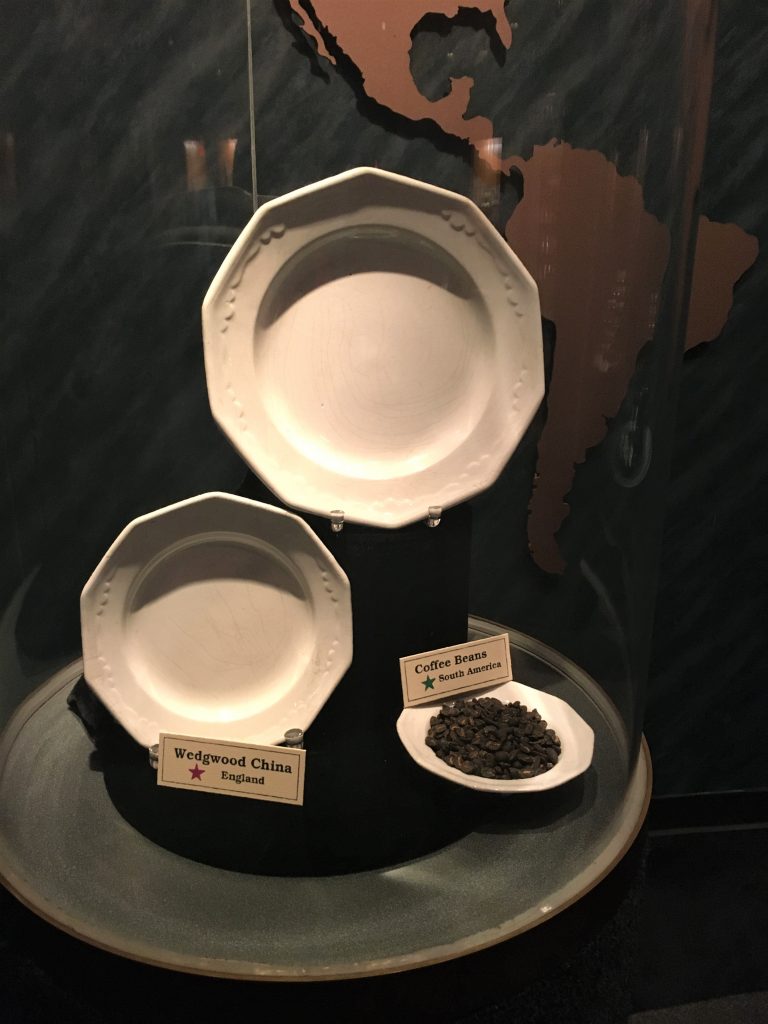
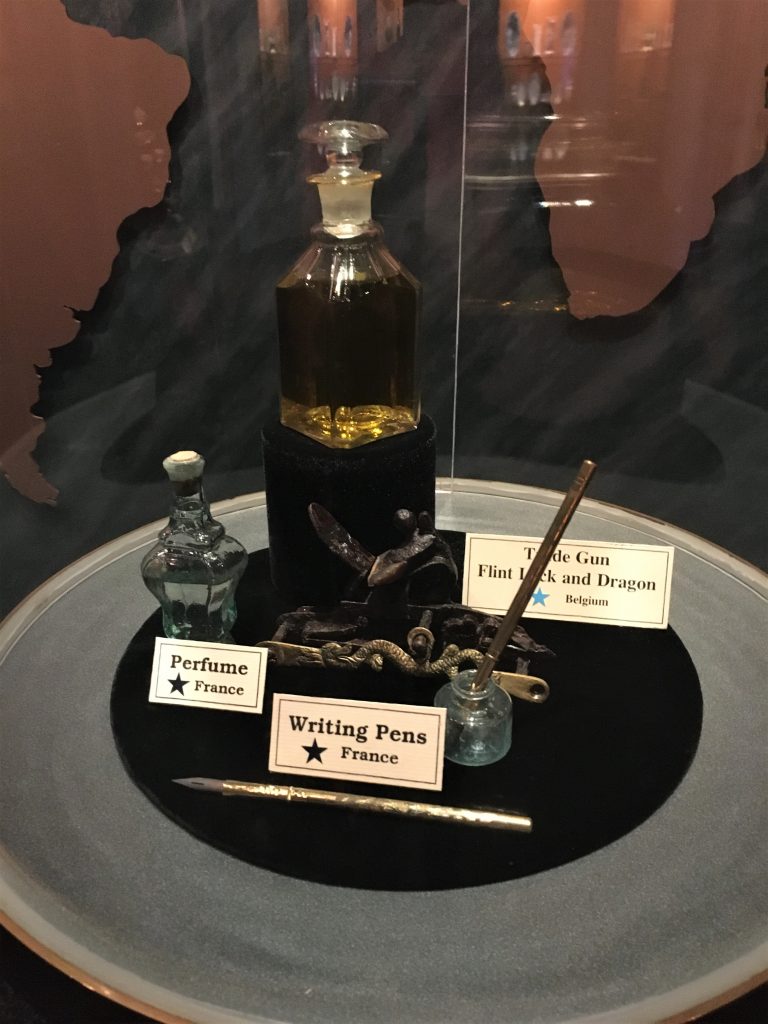
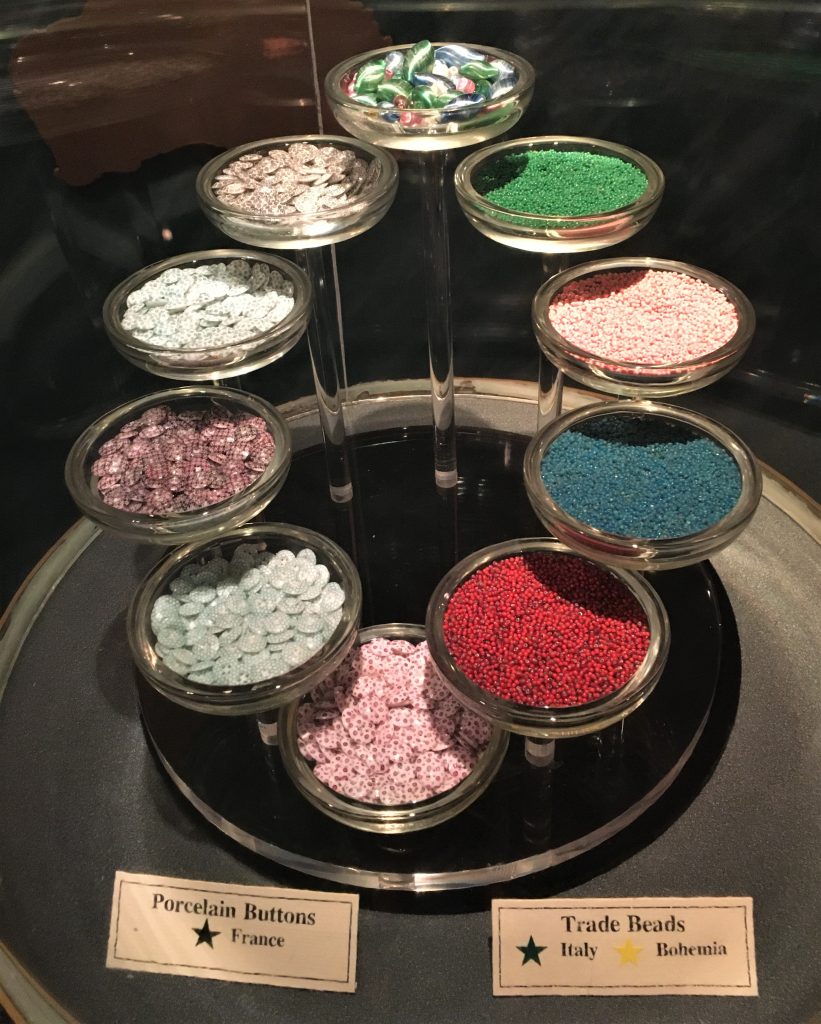
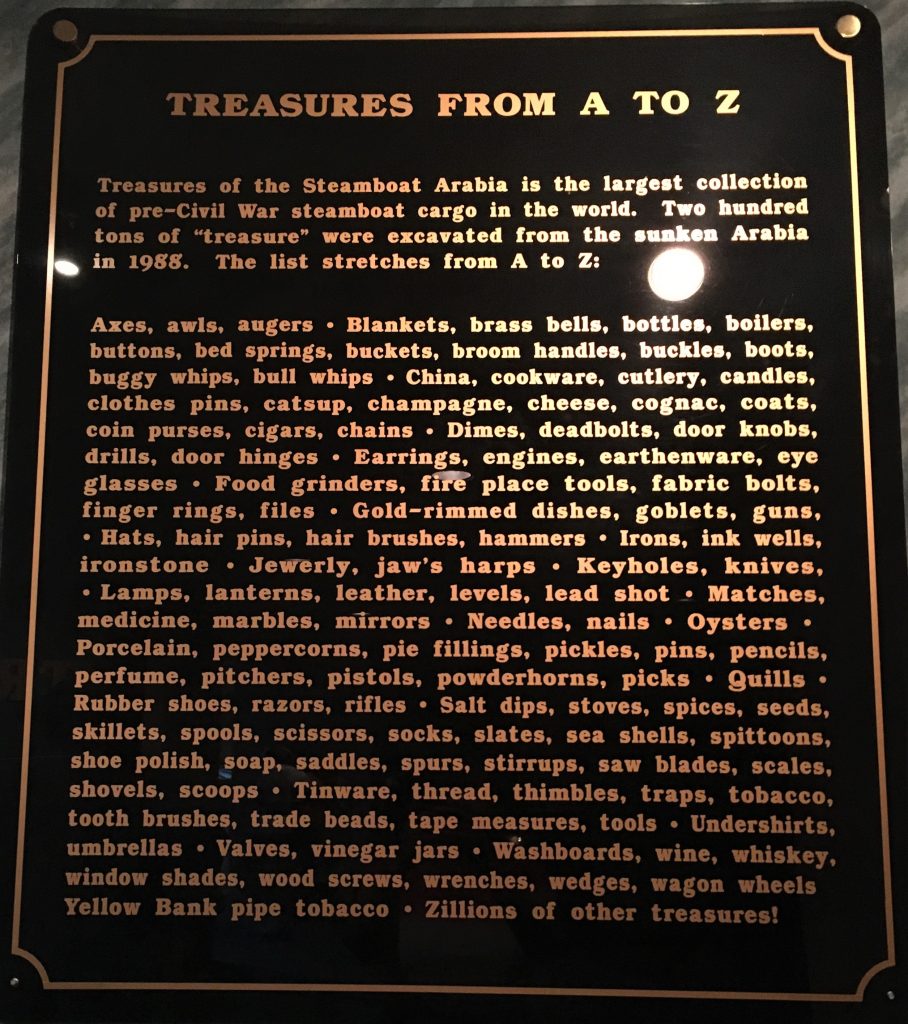
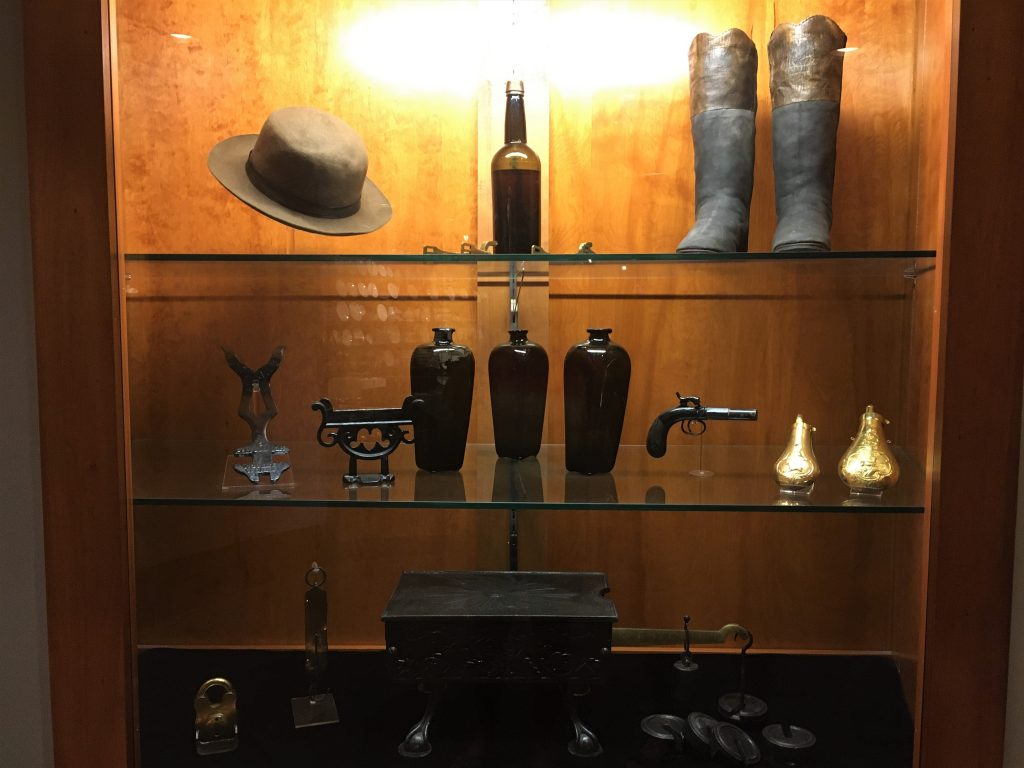
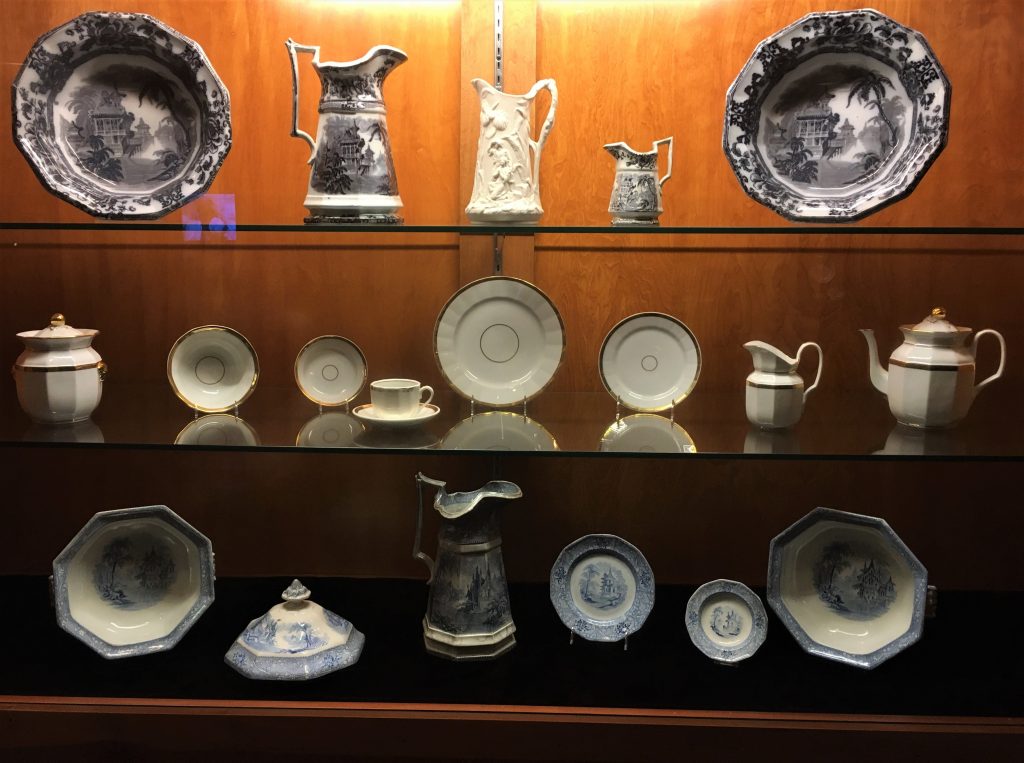

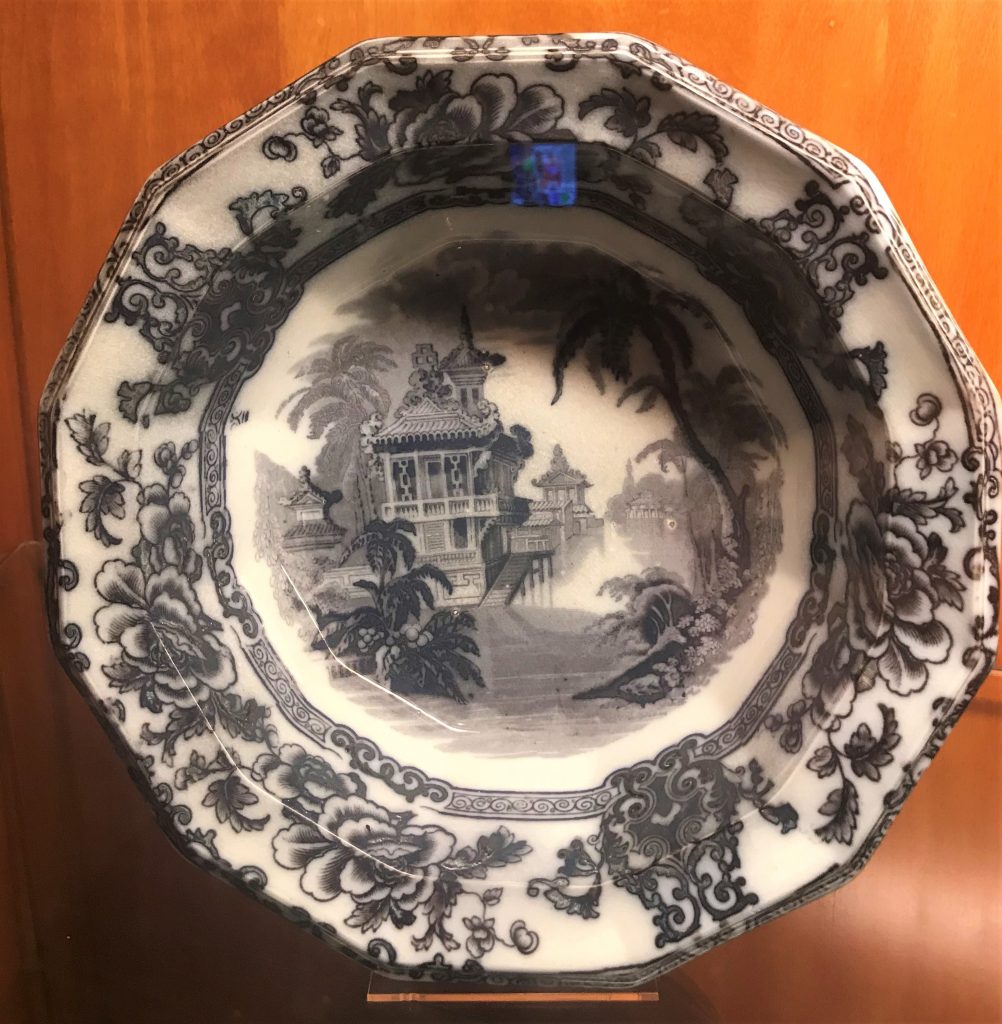

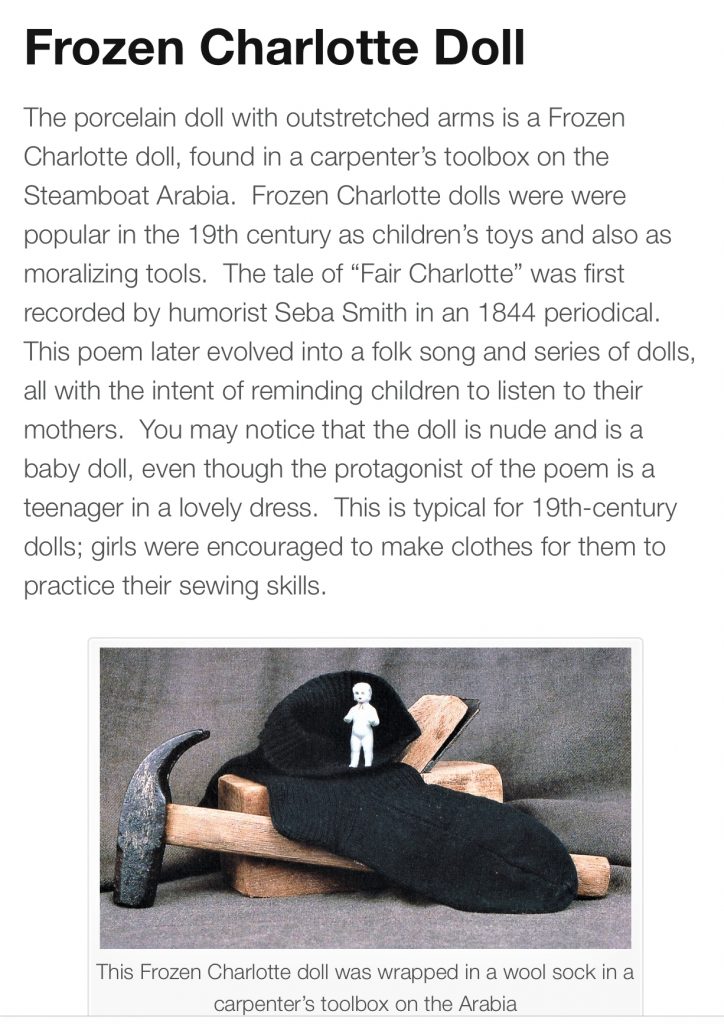
You hold your phone up to them and, voila! You get information!
Your next big surprise is your first look at the huge display case!
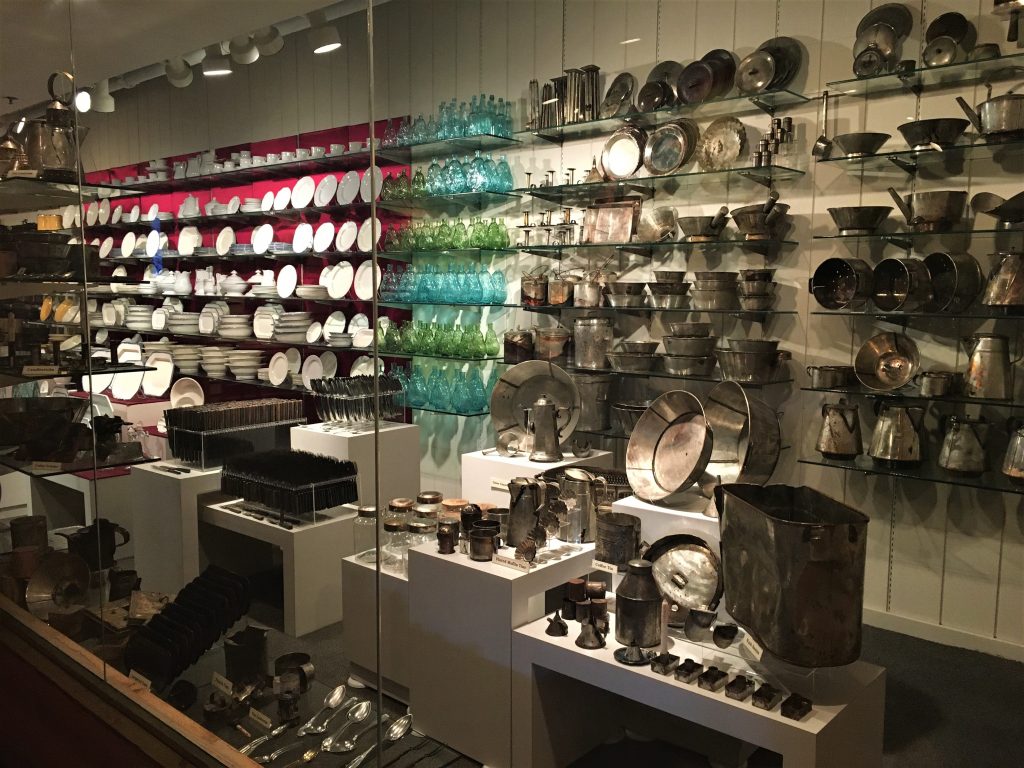

Not something I would’ve expected to find!
And did you see the candles? Can you believe they were able to preserve them in such good condition?
And then there are the pencils, and the wooden matches, and the mirrors, and the . . . .
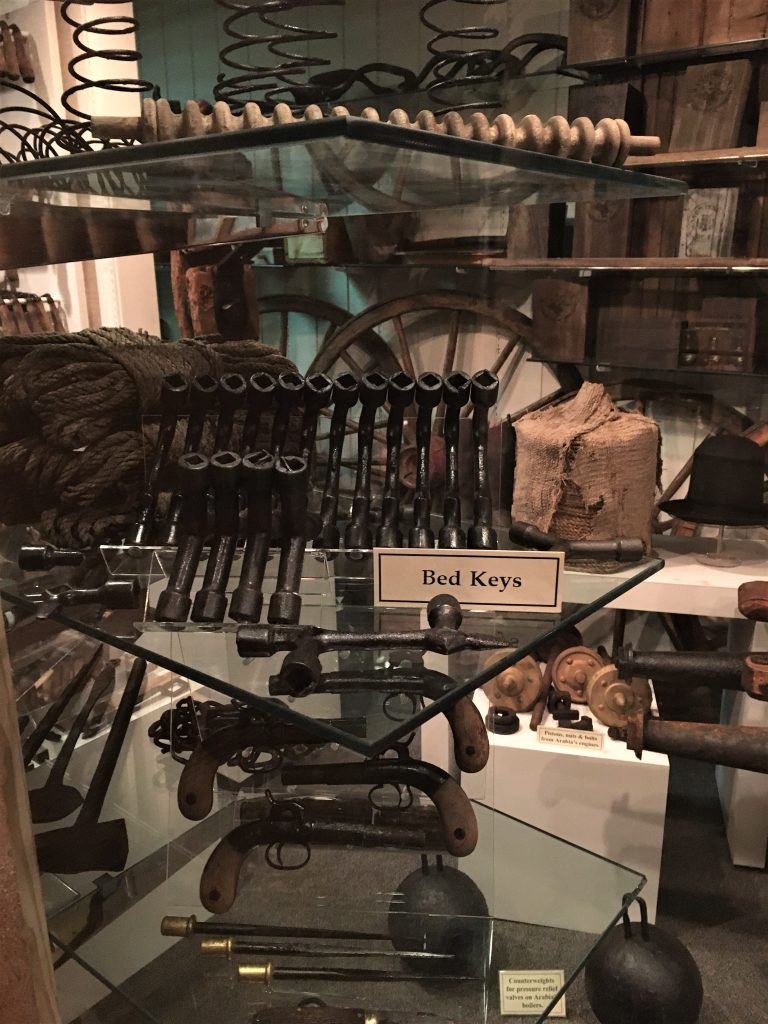
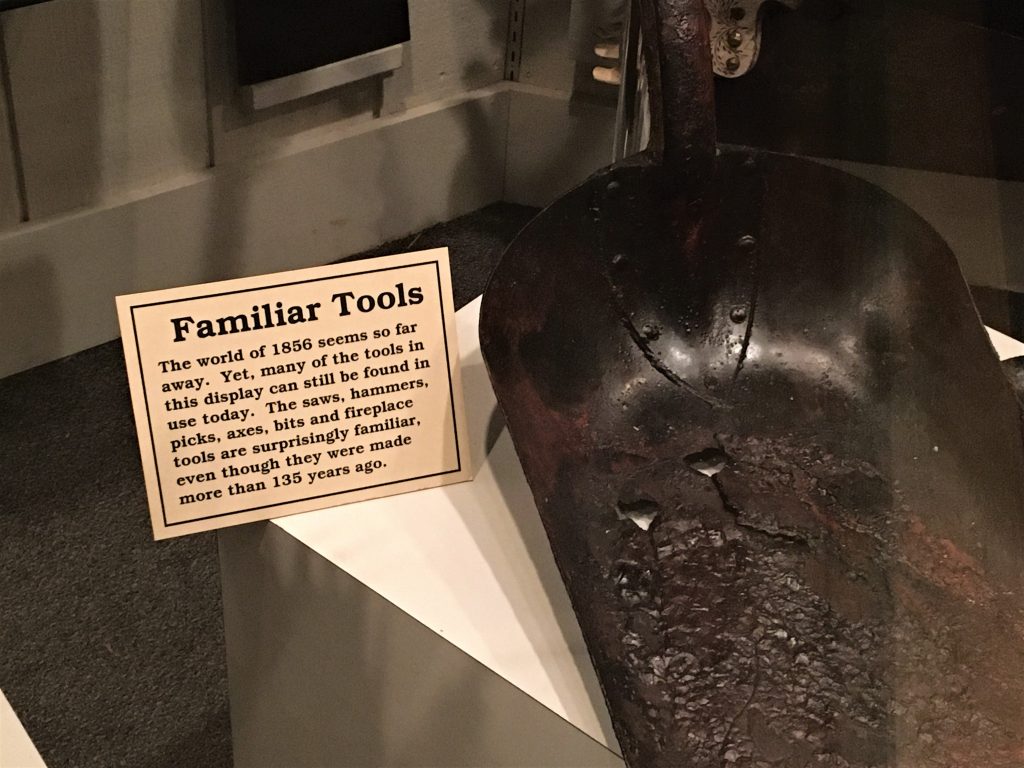

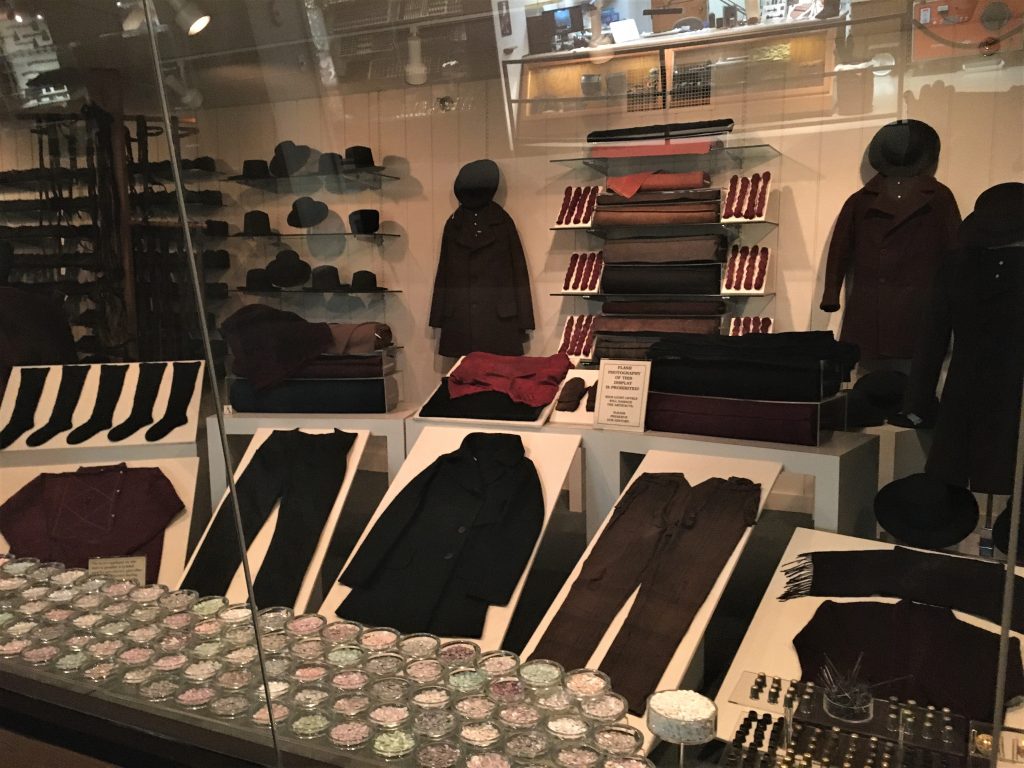

And yarn!
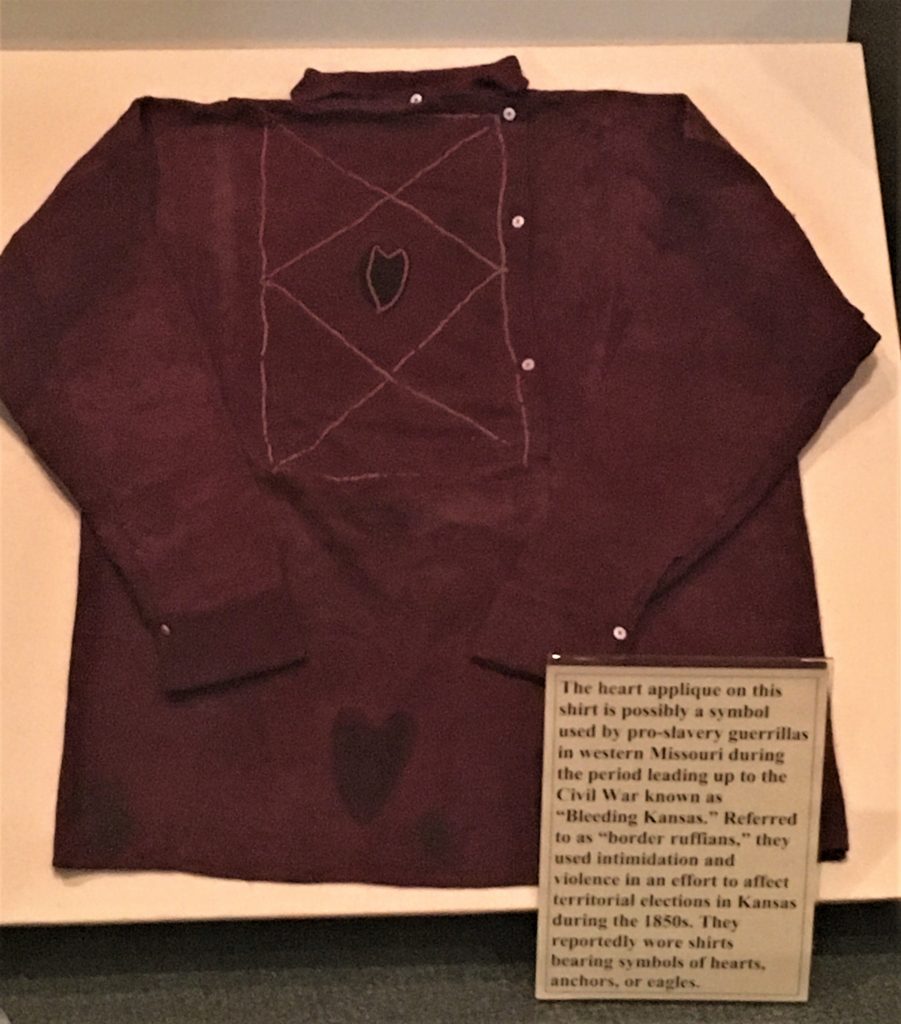

And that’s not even all of them!
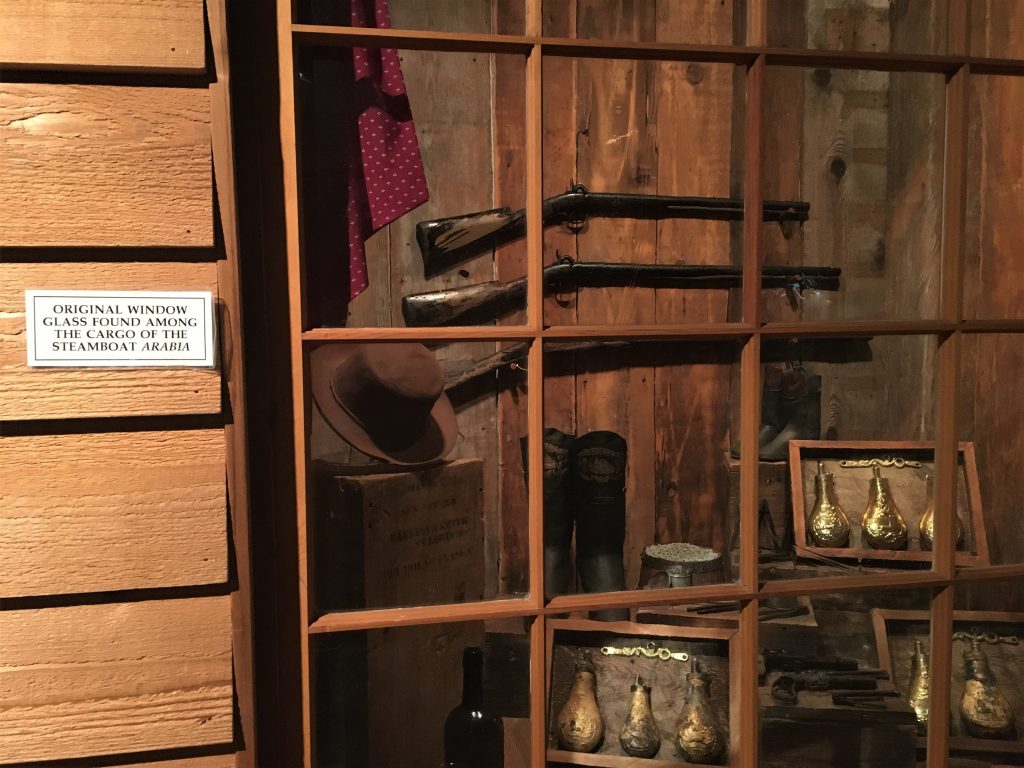
If you look carefully, you’ll find another box of window glass in a later picture.
Think of it like a scavenger hunt, without a prize, except for the satisfaction you’ll feel when you spot it. : )
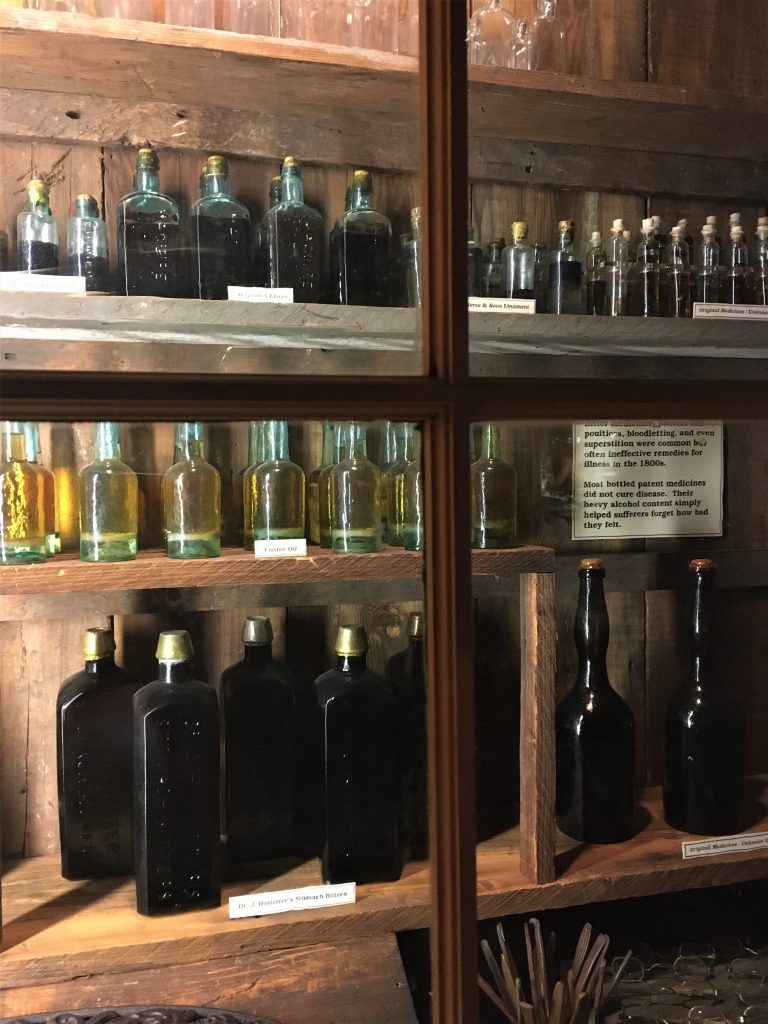


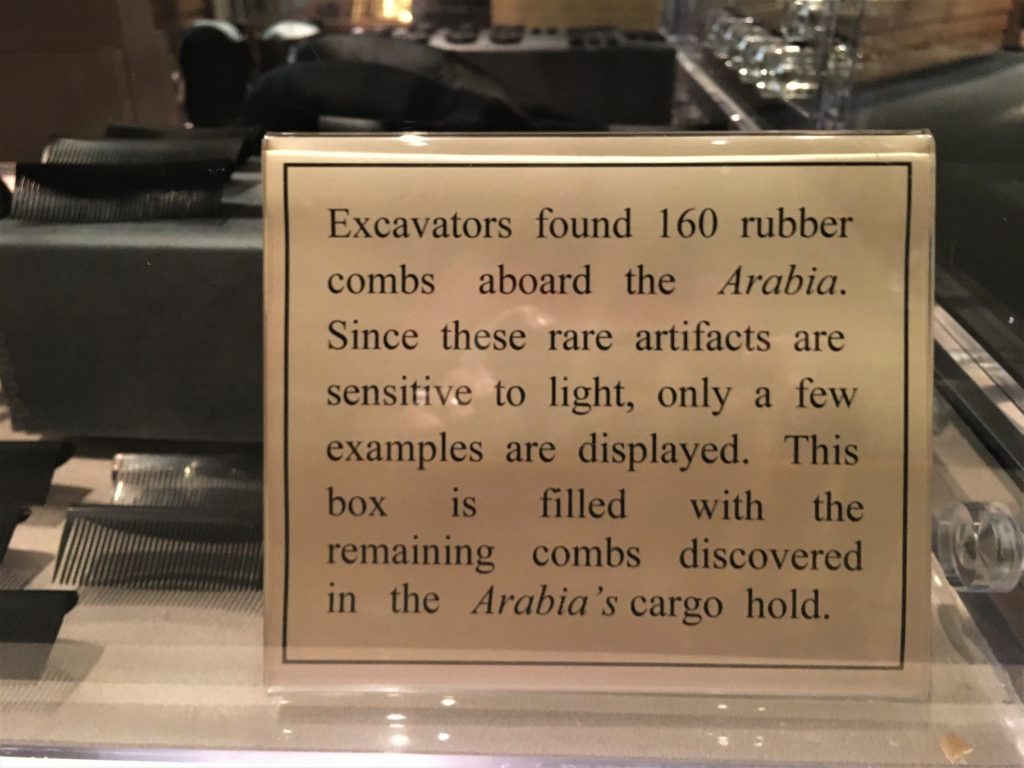
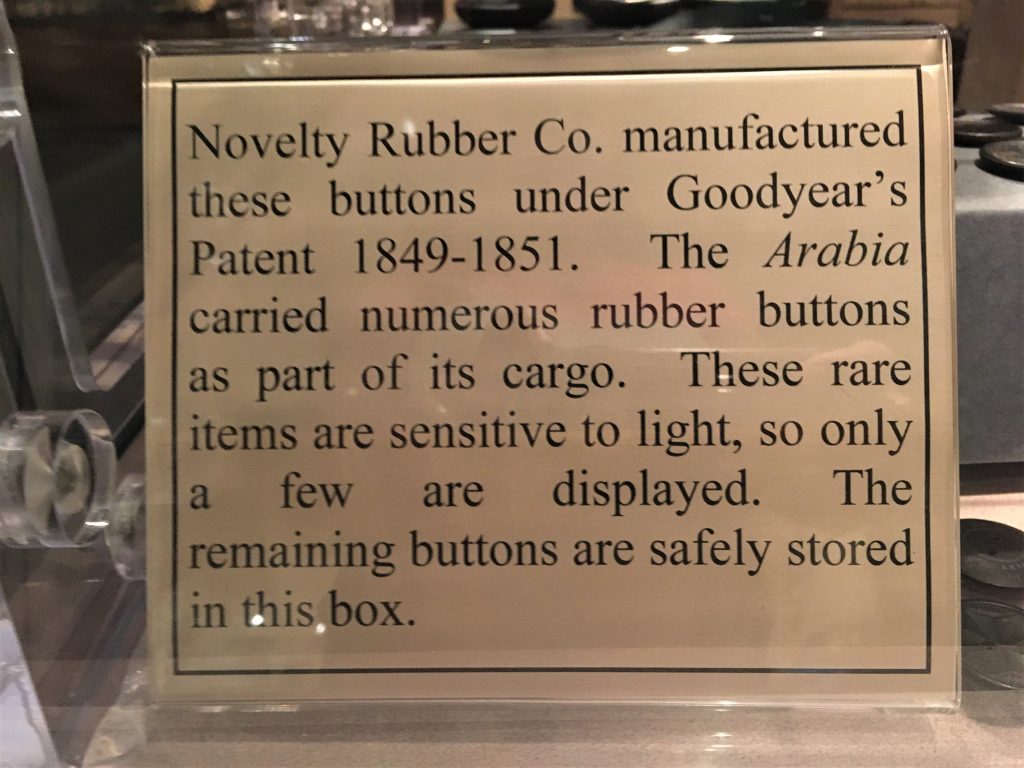
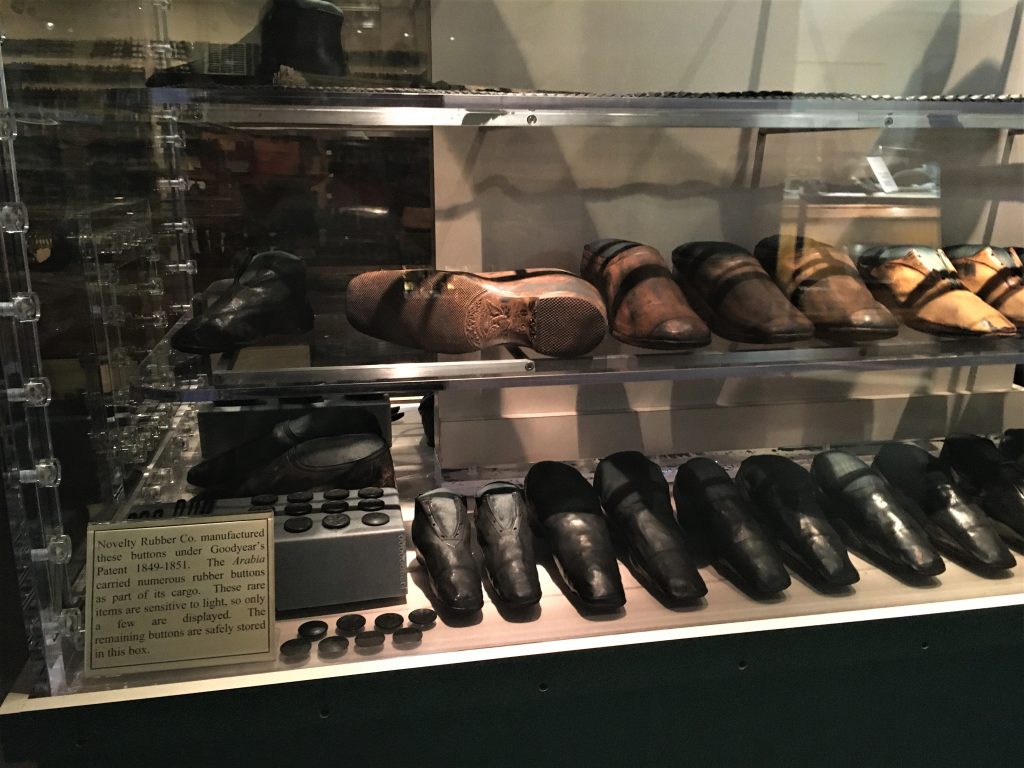


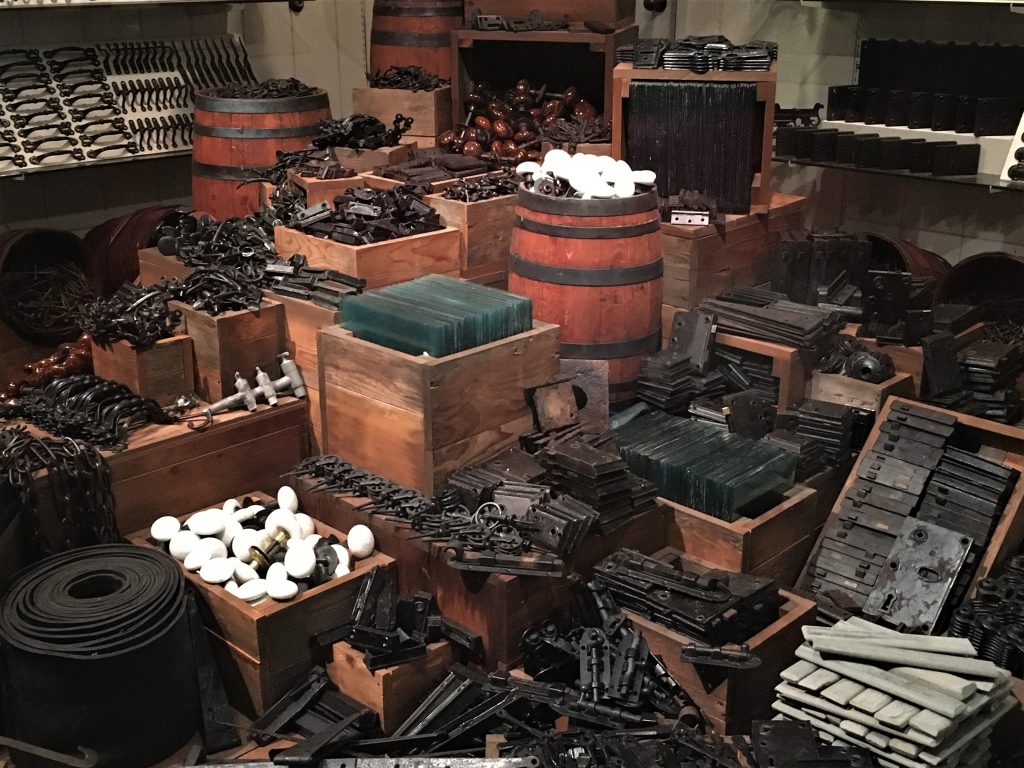
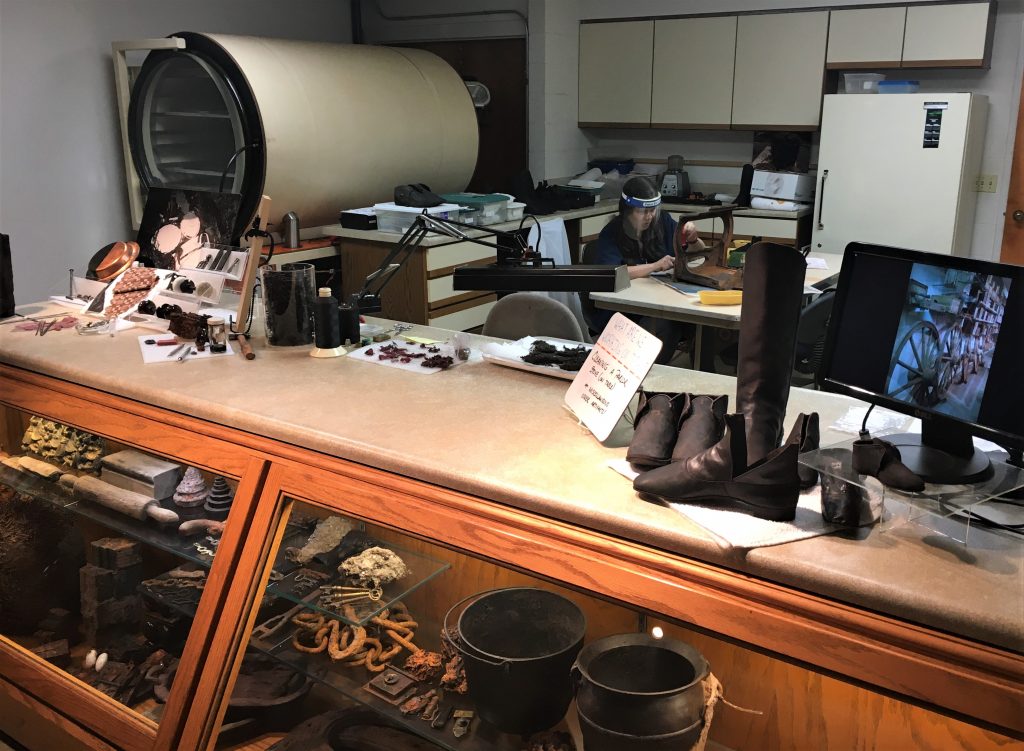

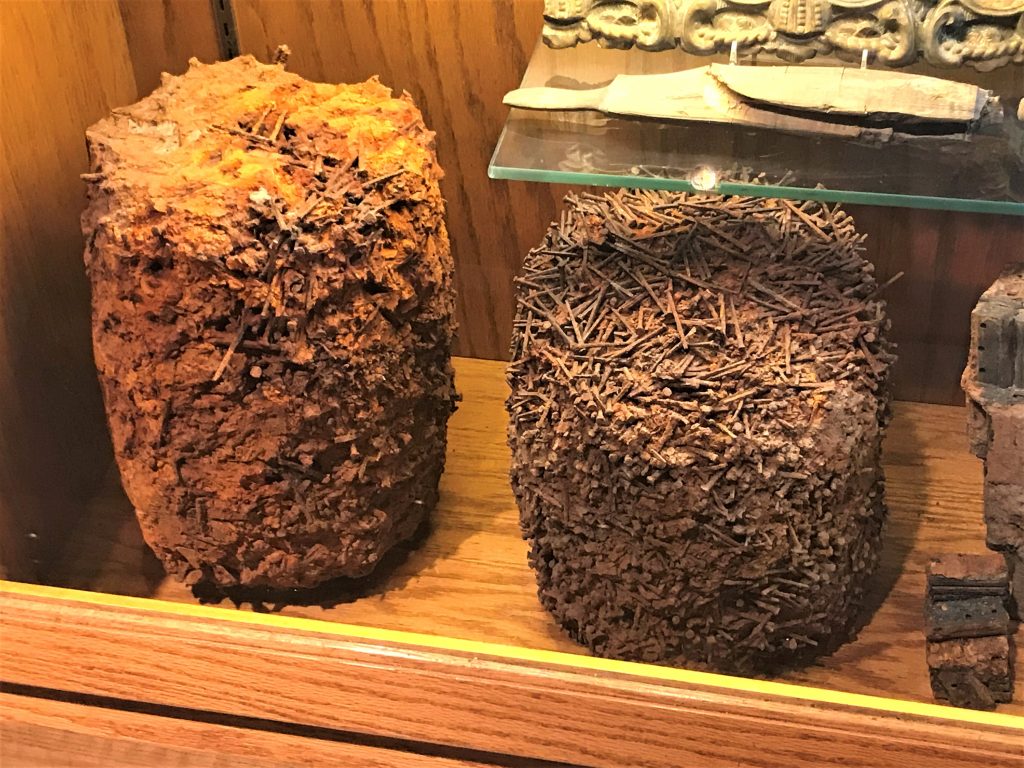

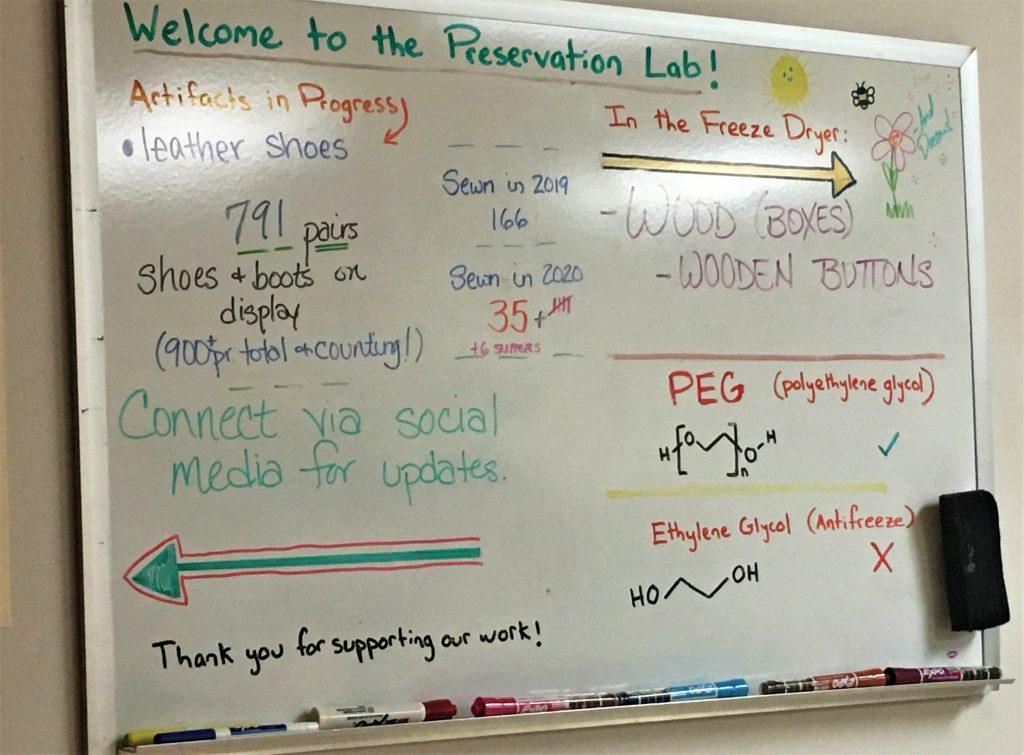

which we read, but were selective in our photography. : )
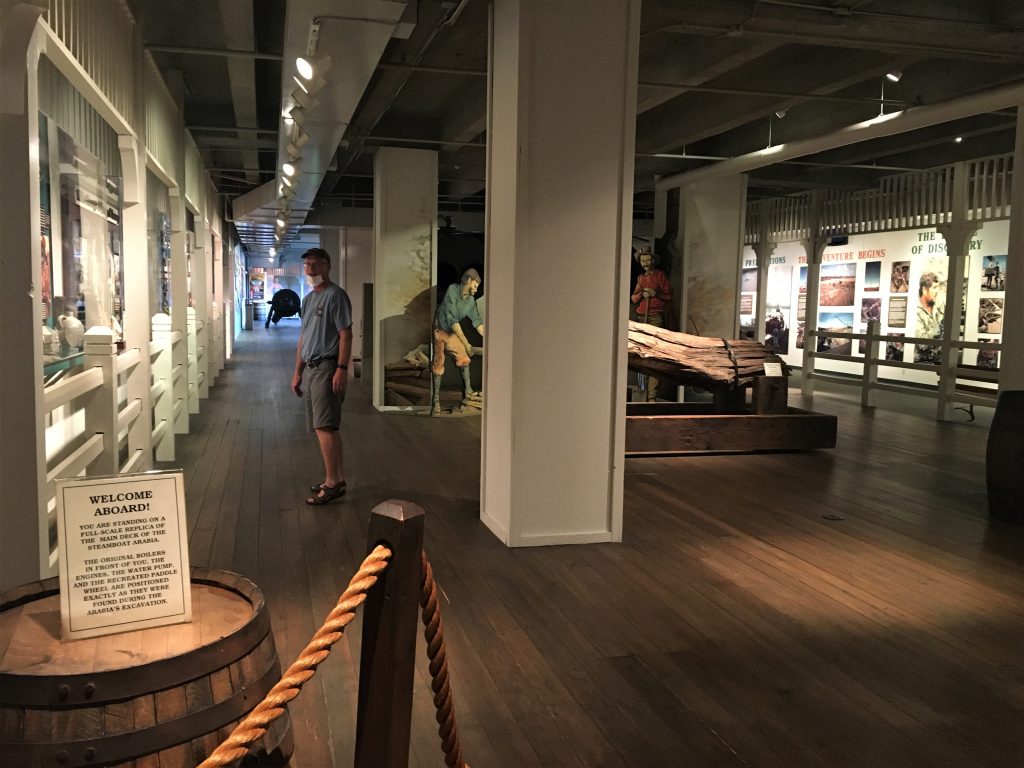
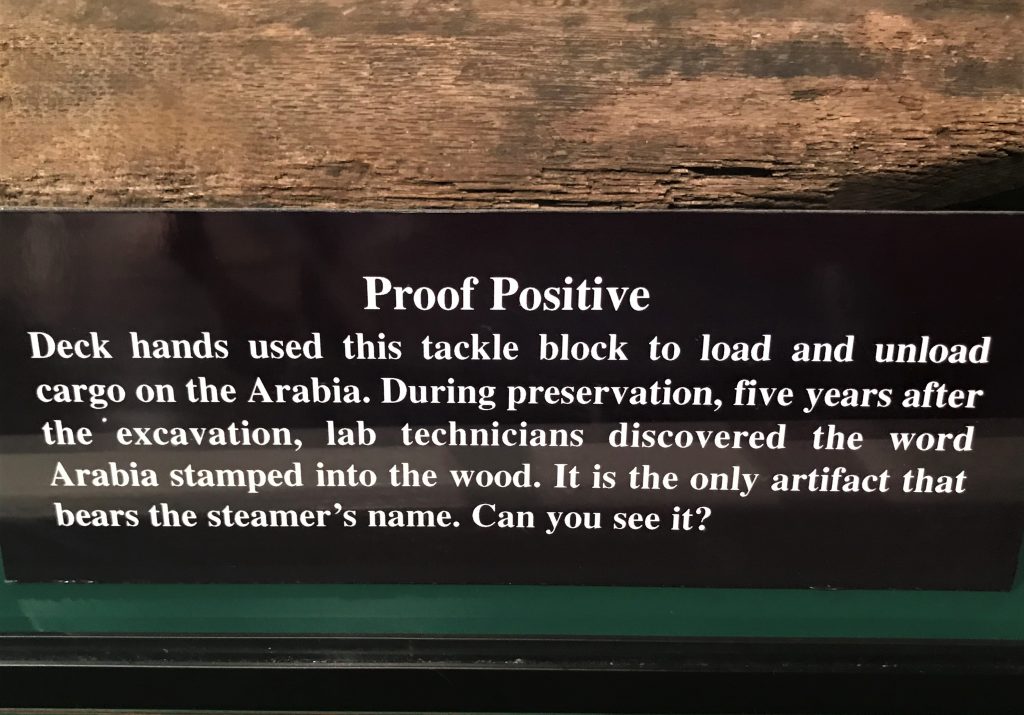
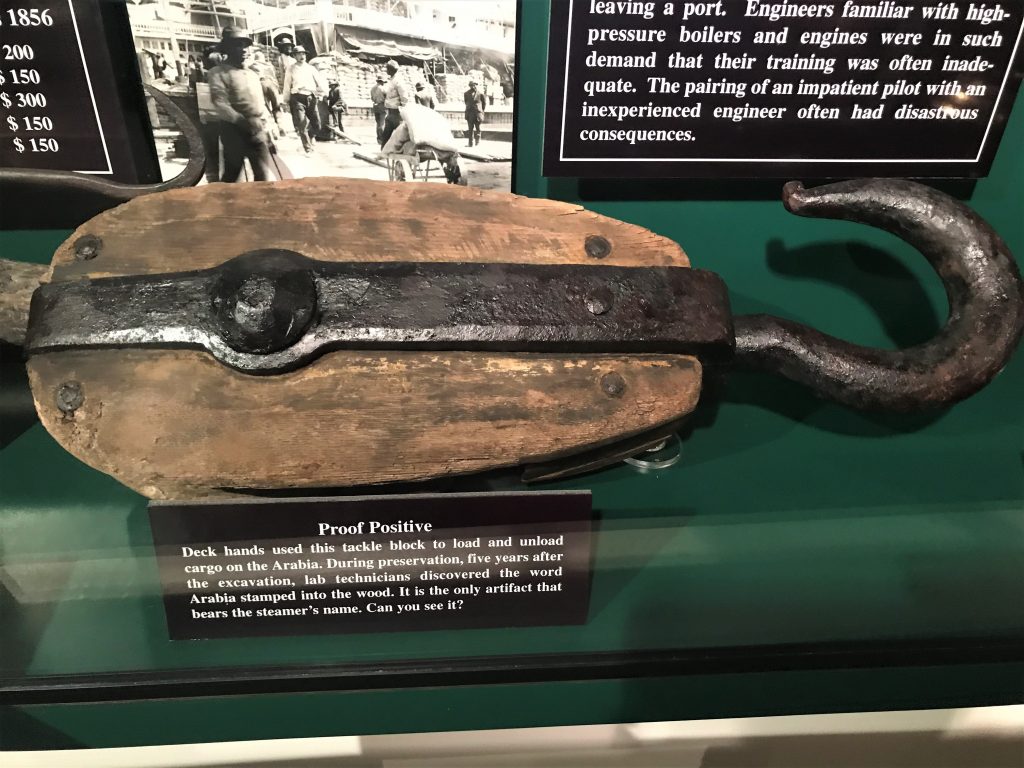

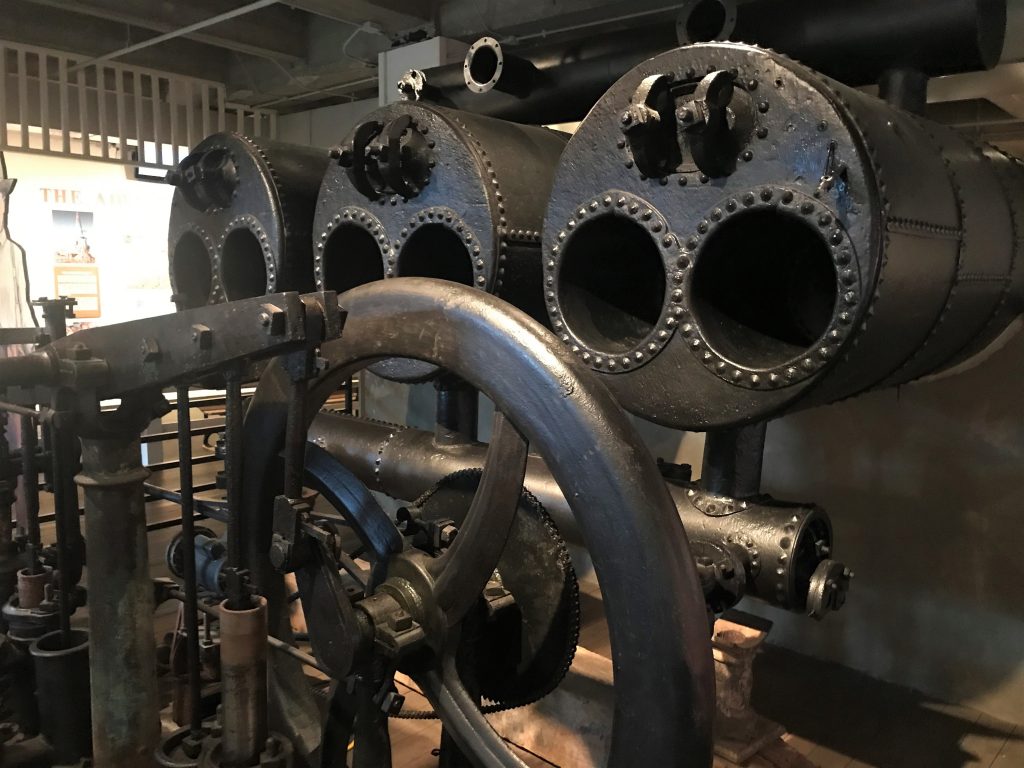


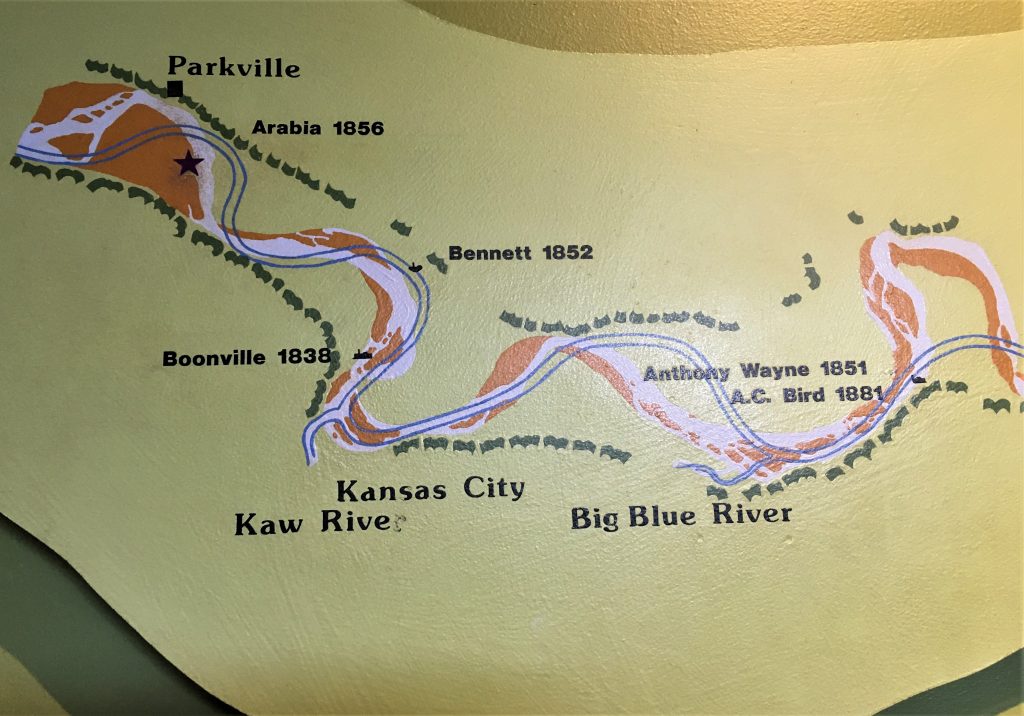
I only took a picture of the part that concerned the Arabia.
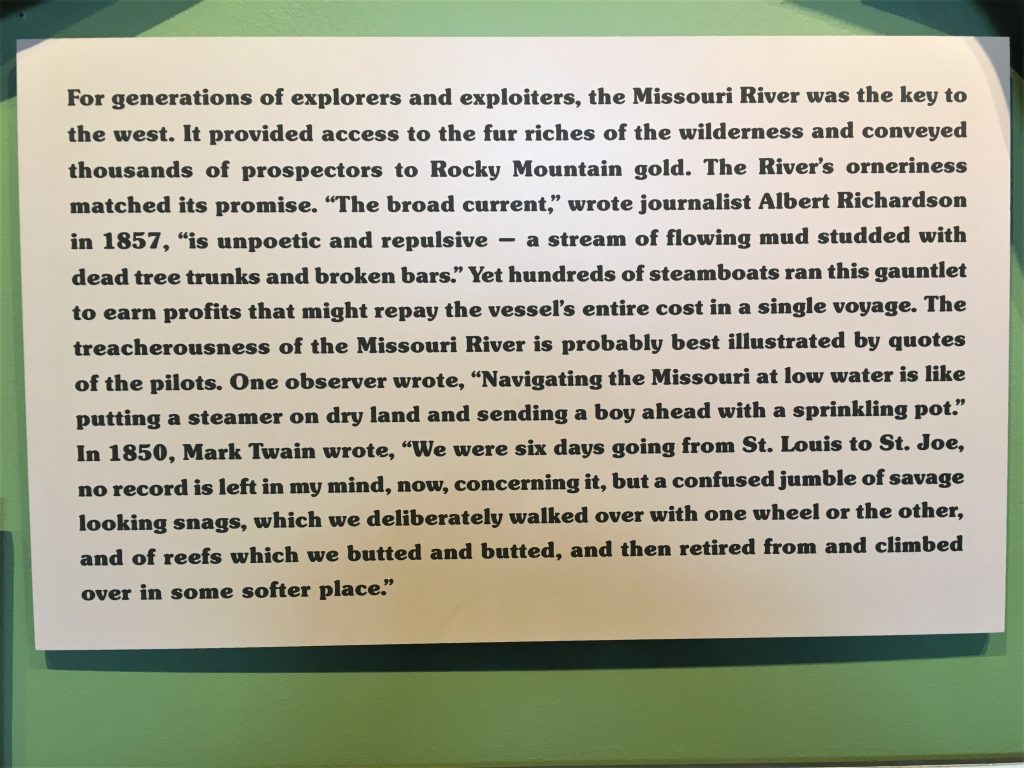
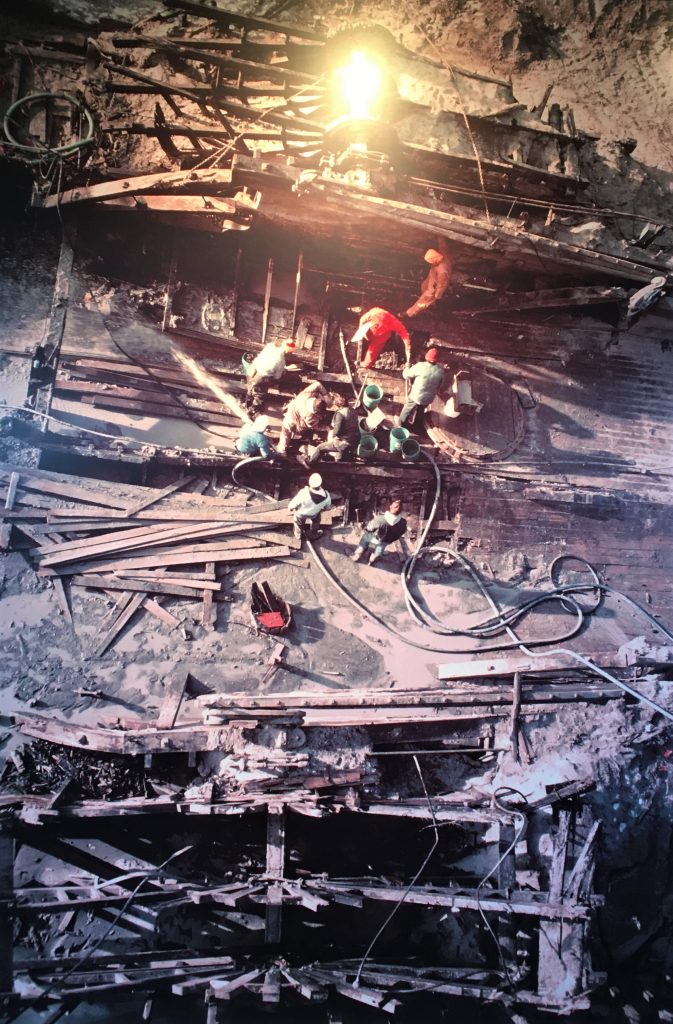

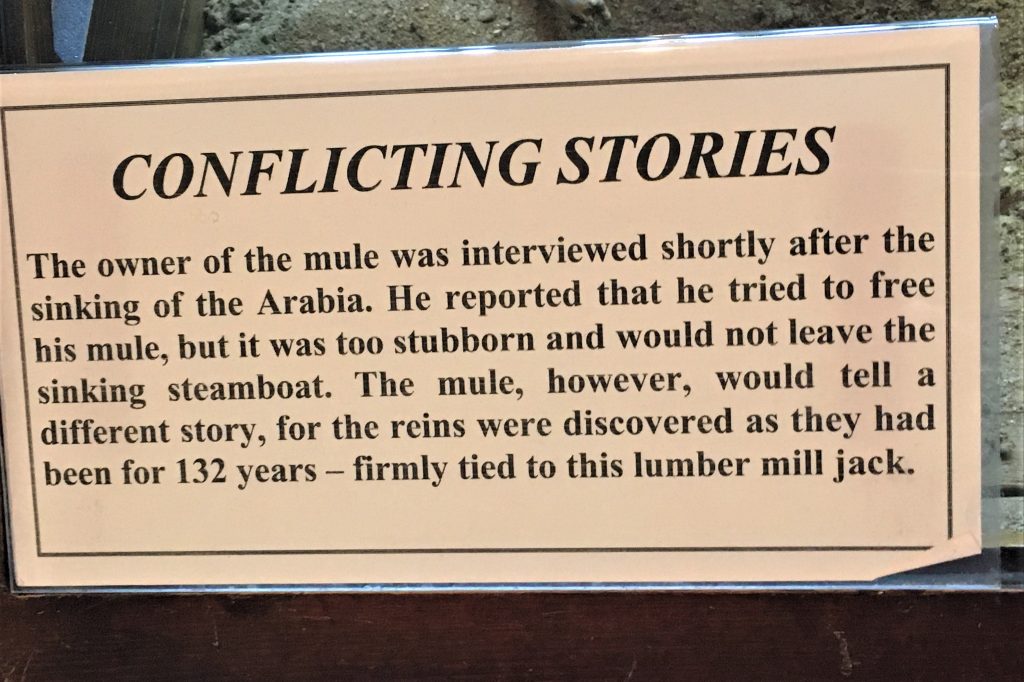
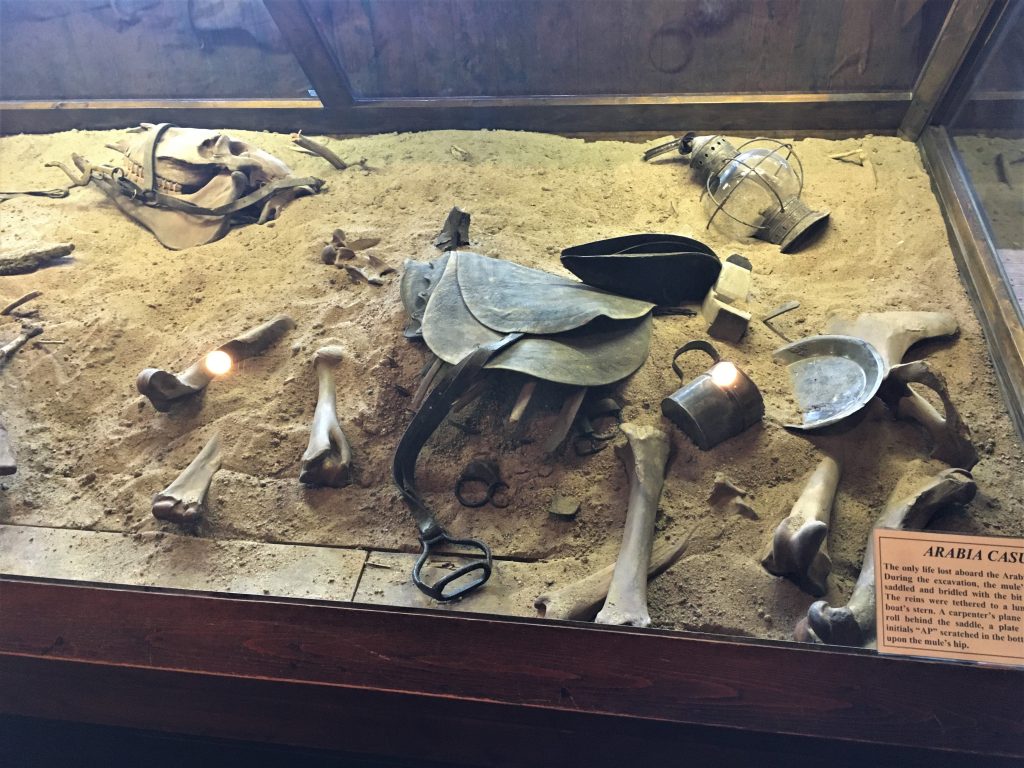


It was gi-normous! Did you notice me down at the far end?


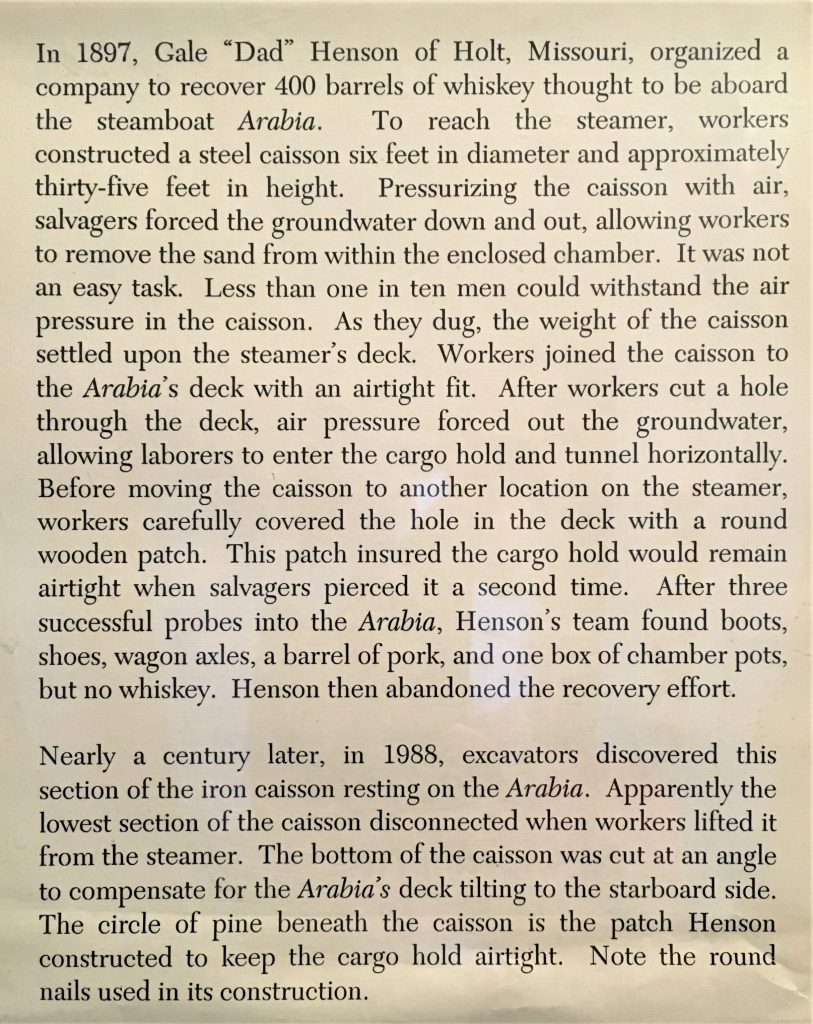
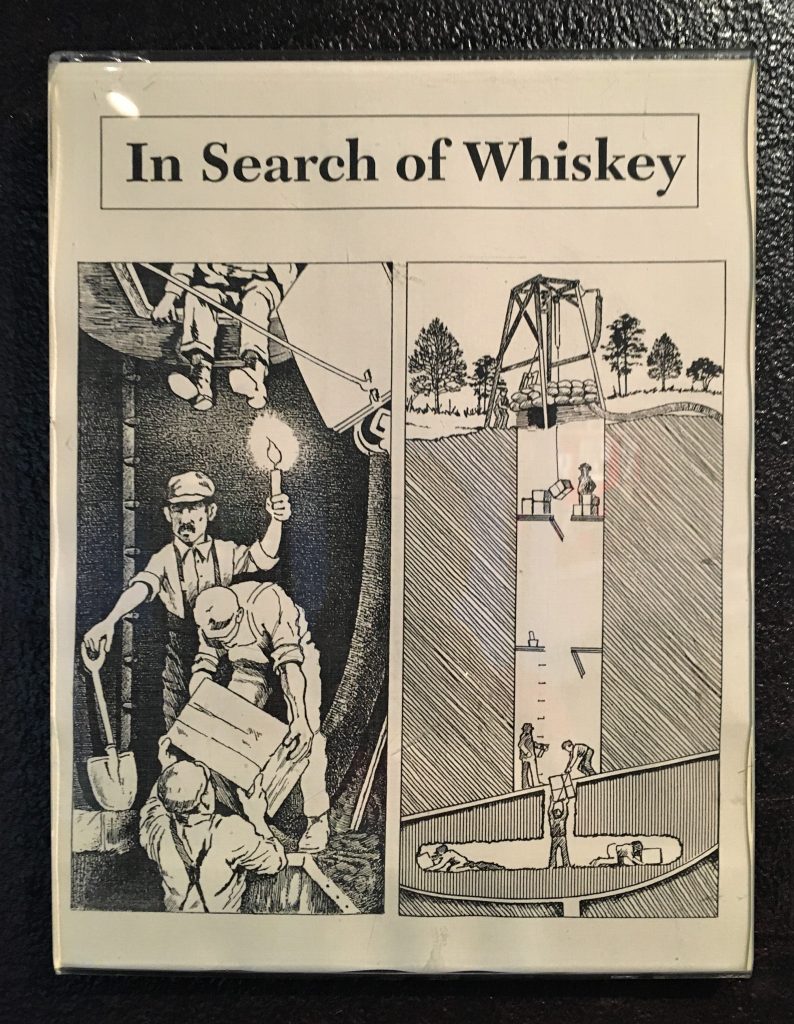

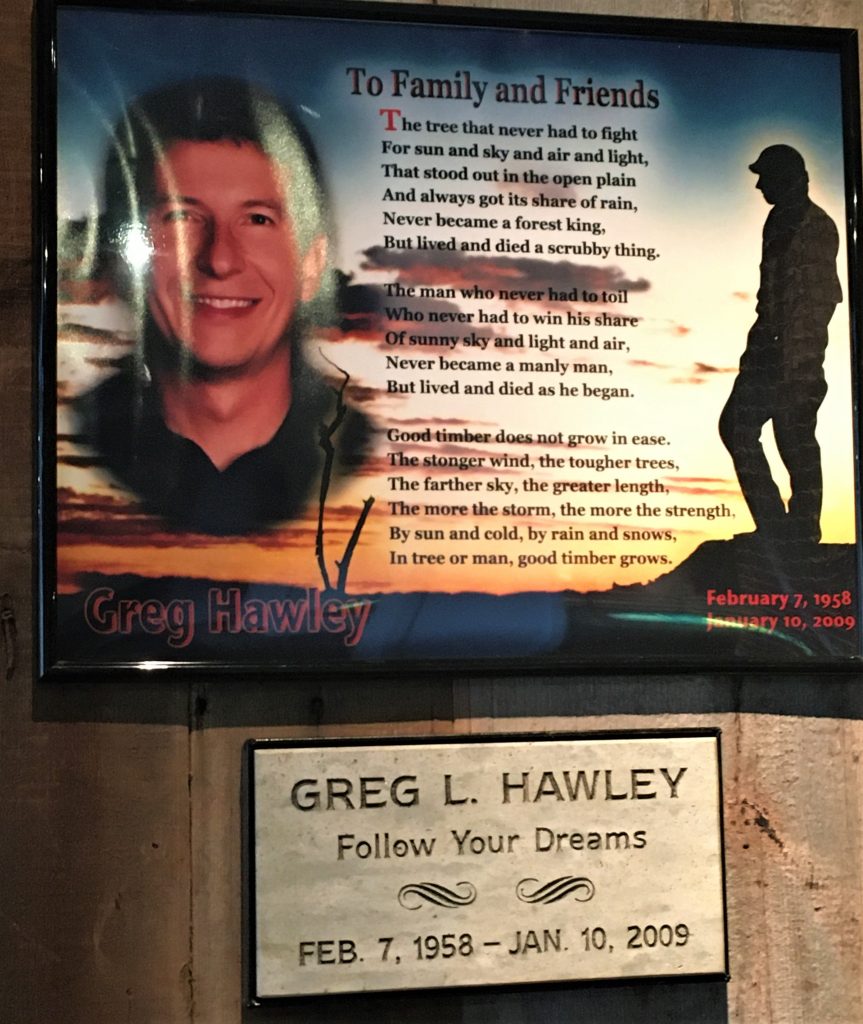
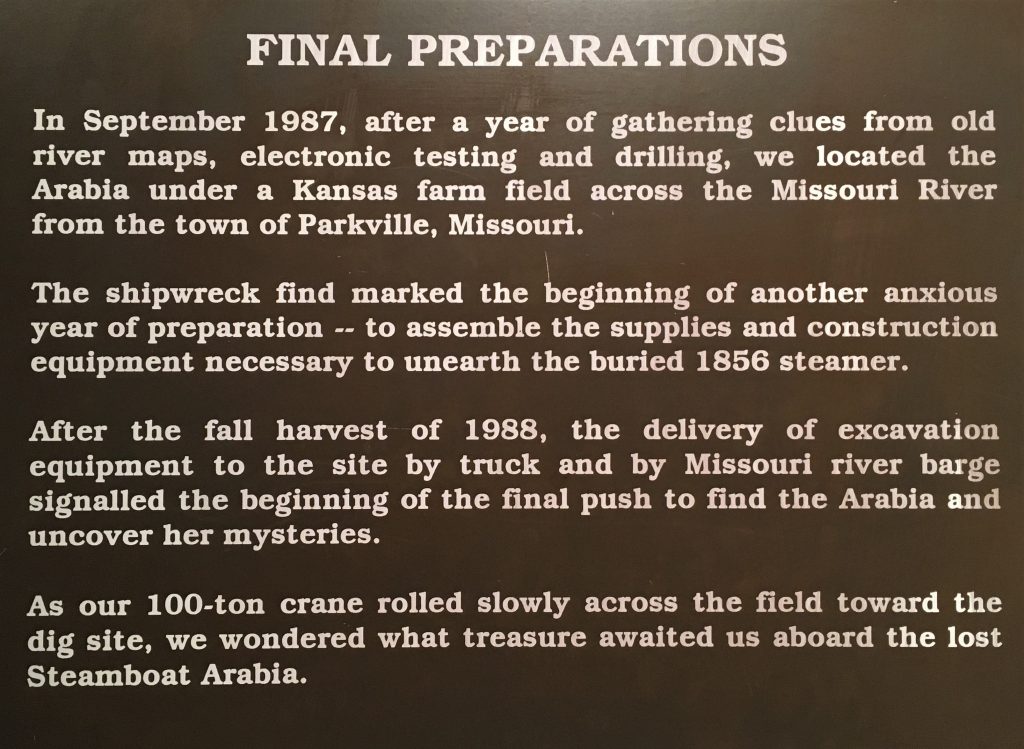
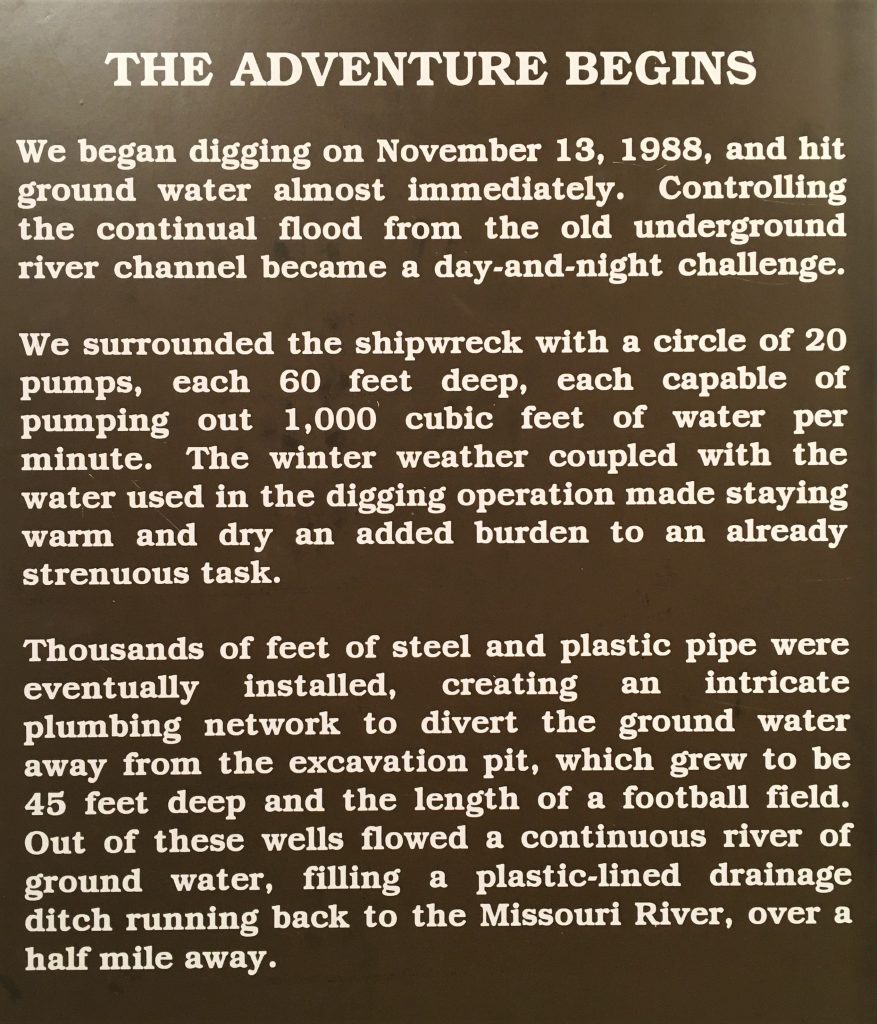
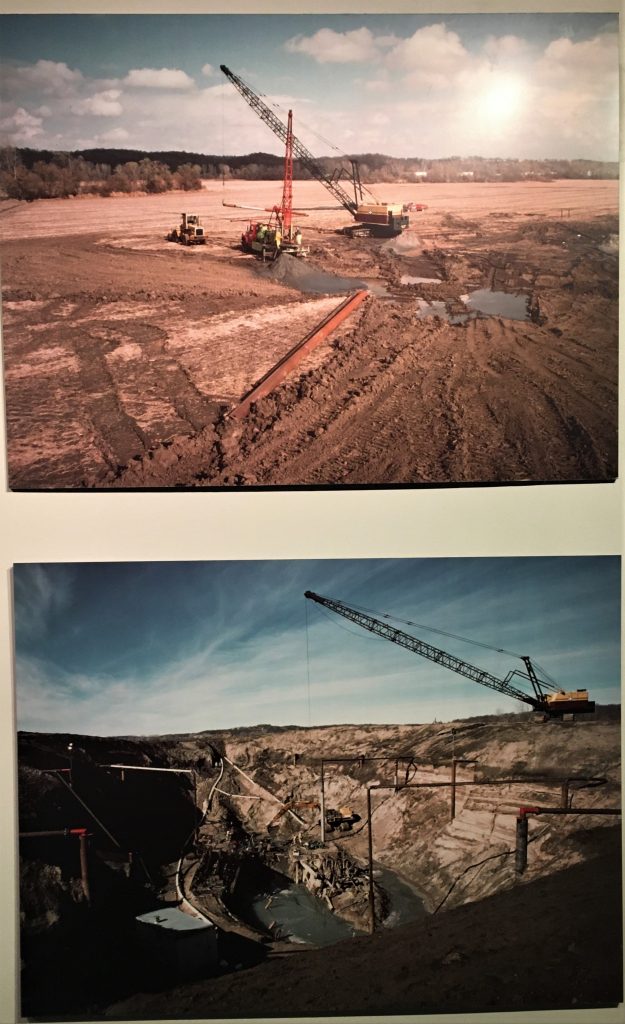
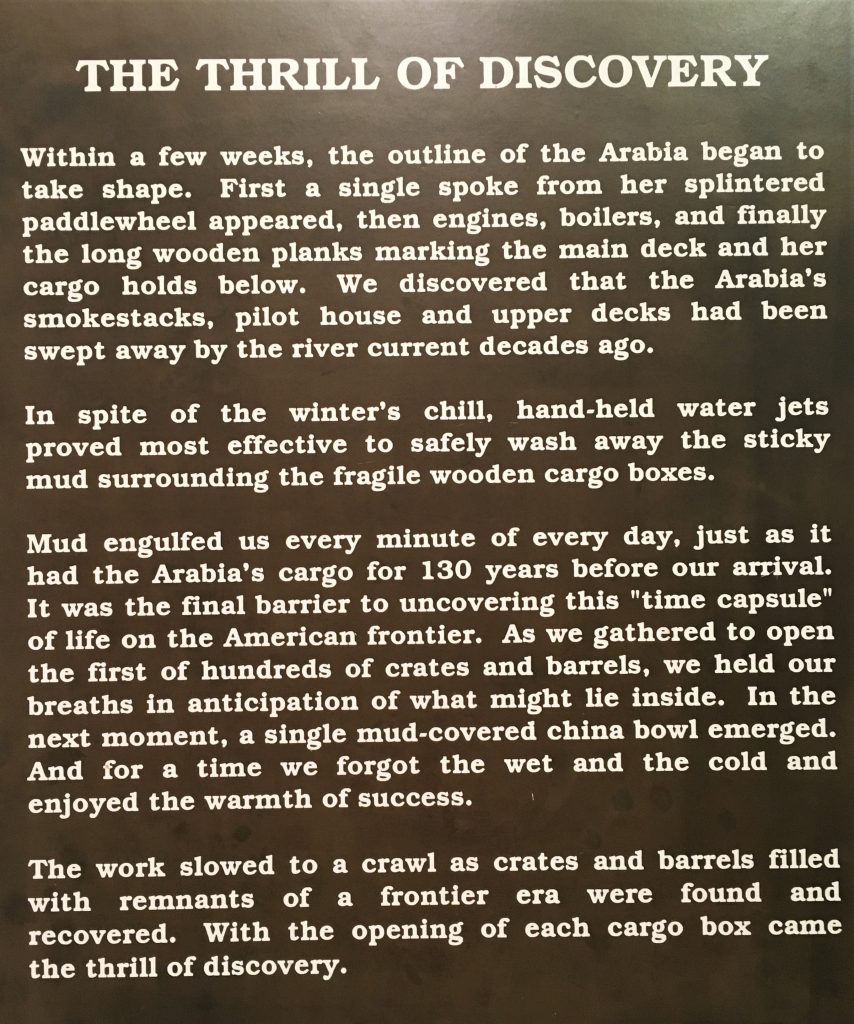

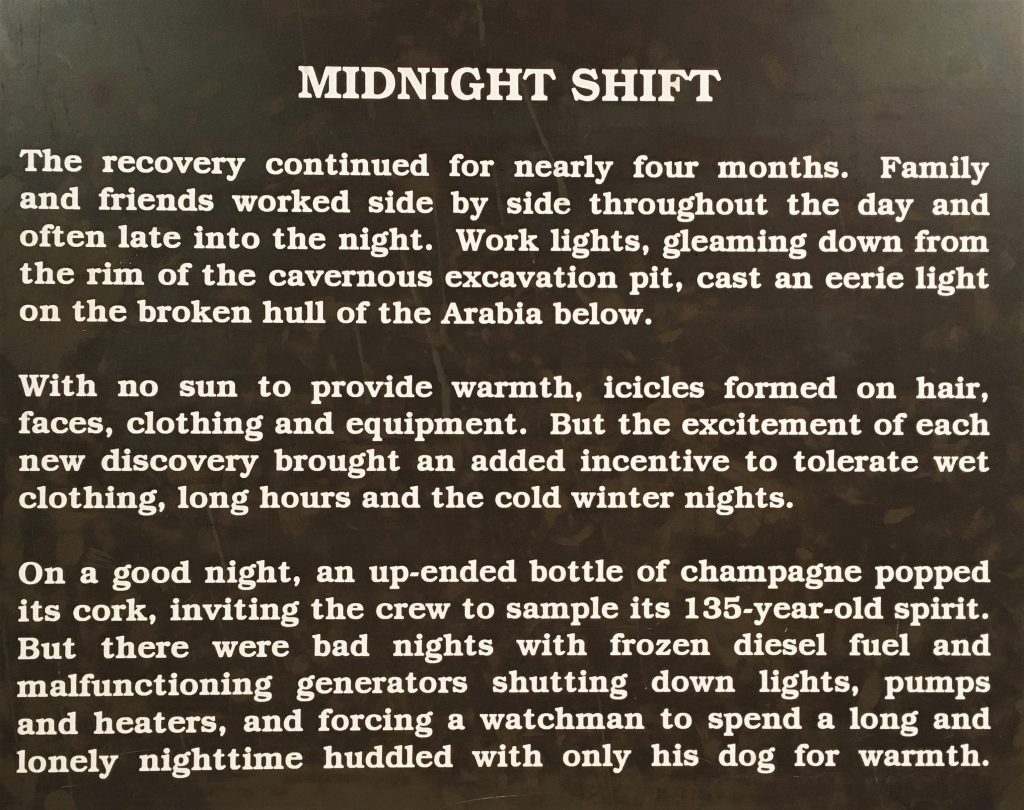

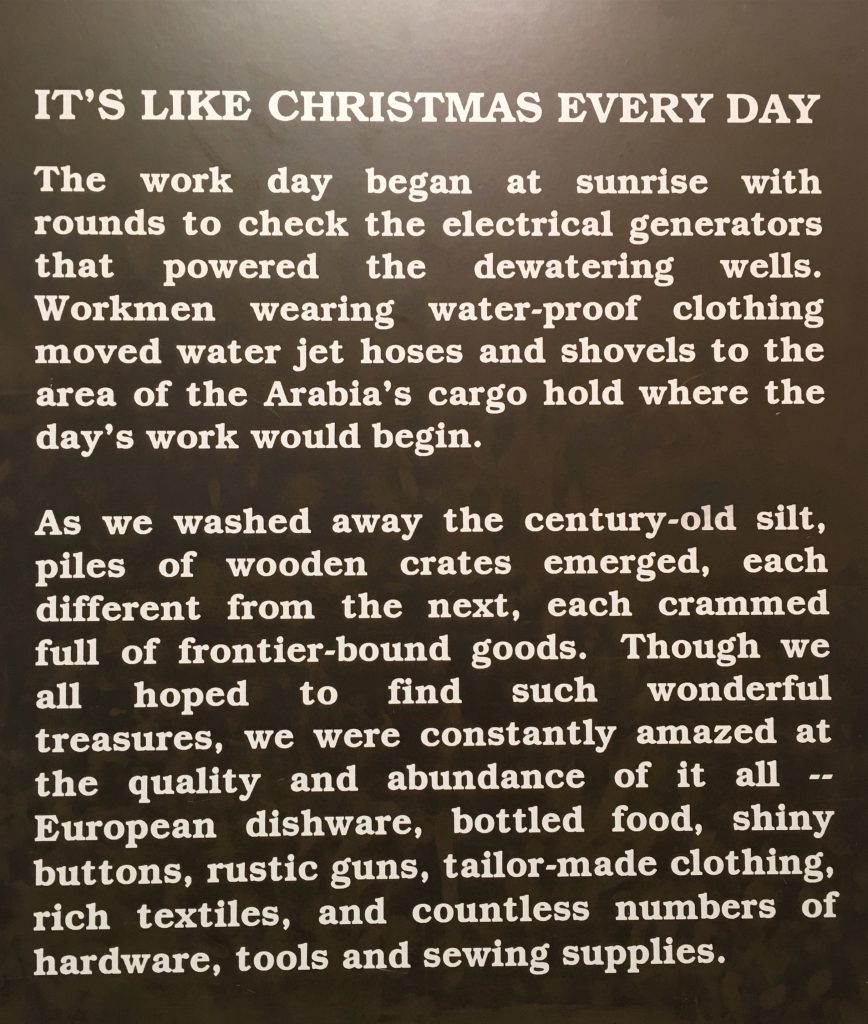
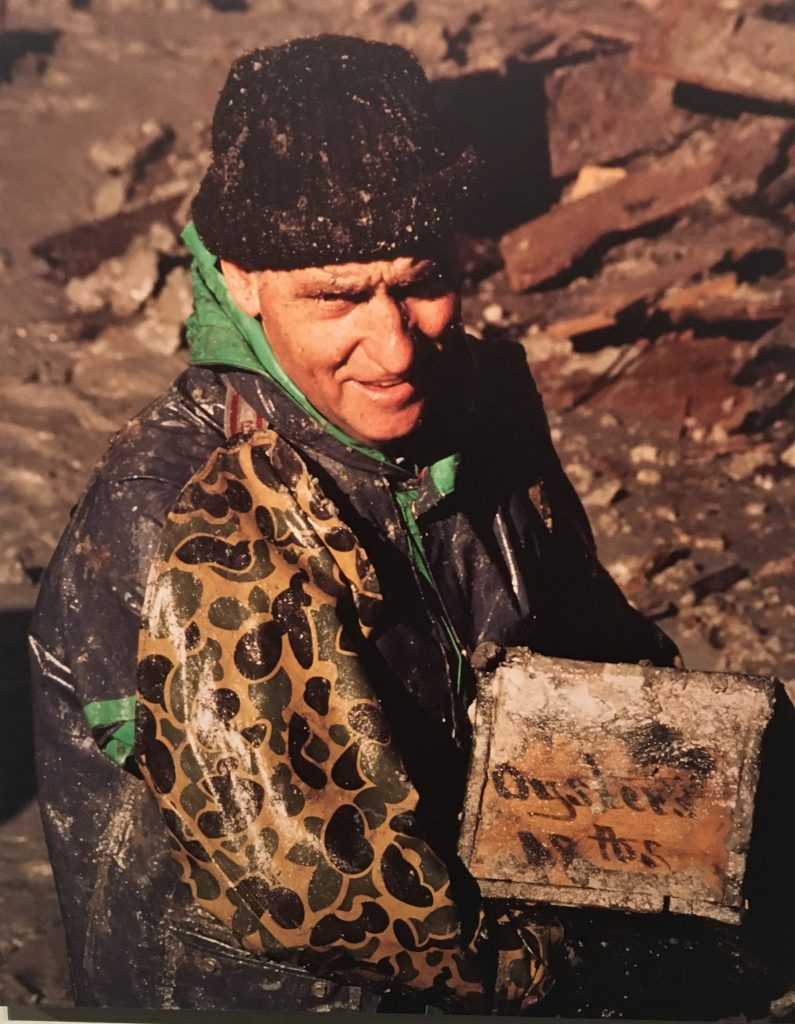

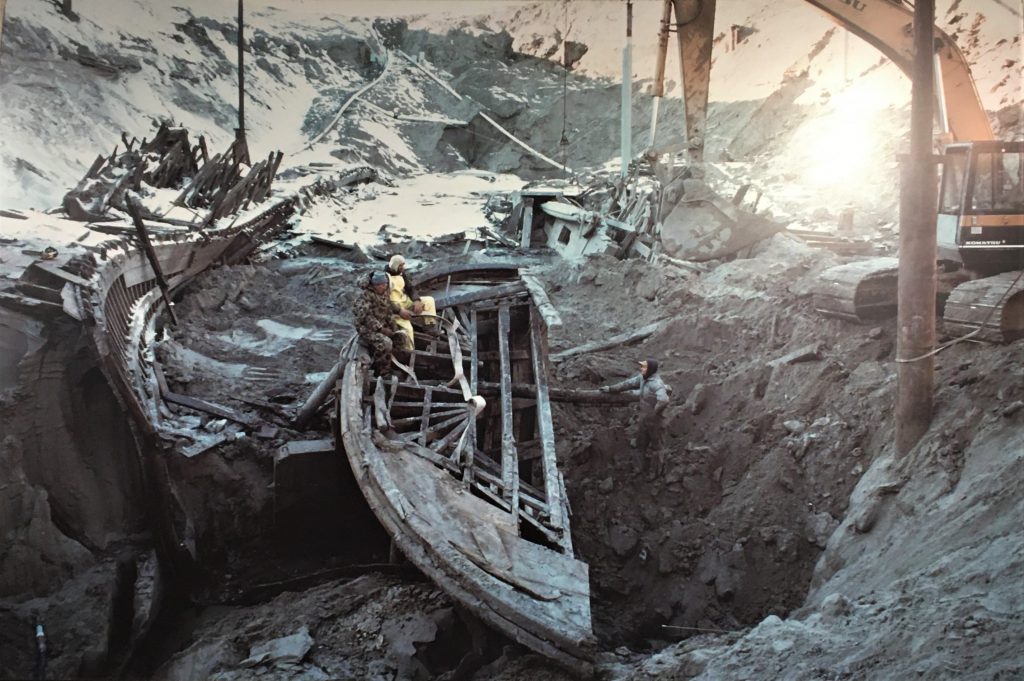
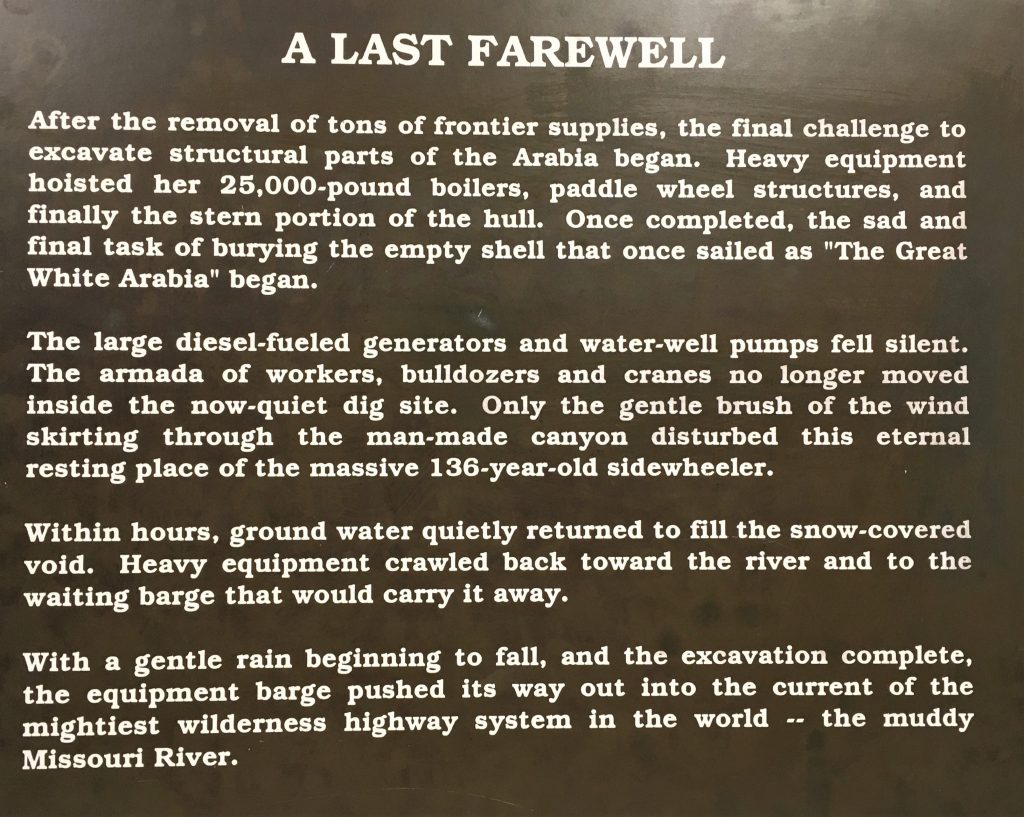

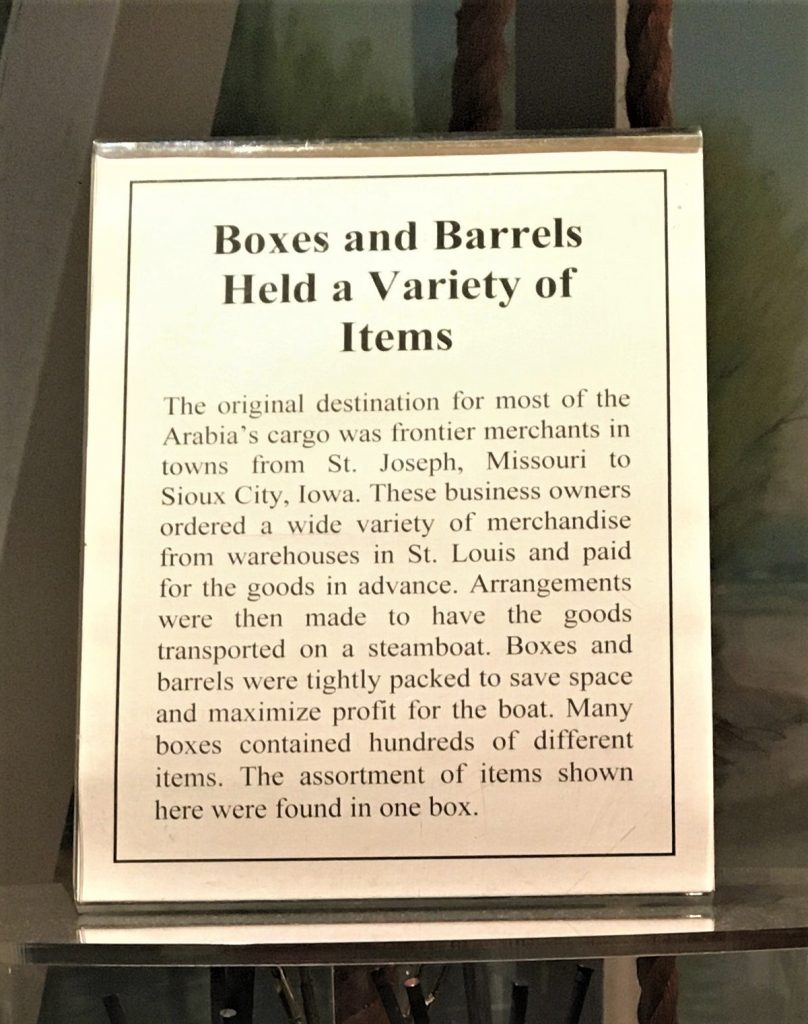
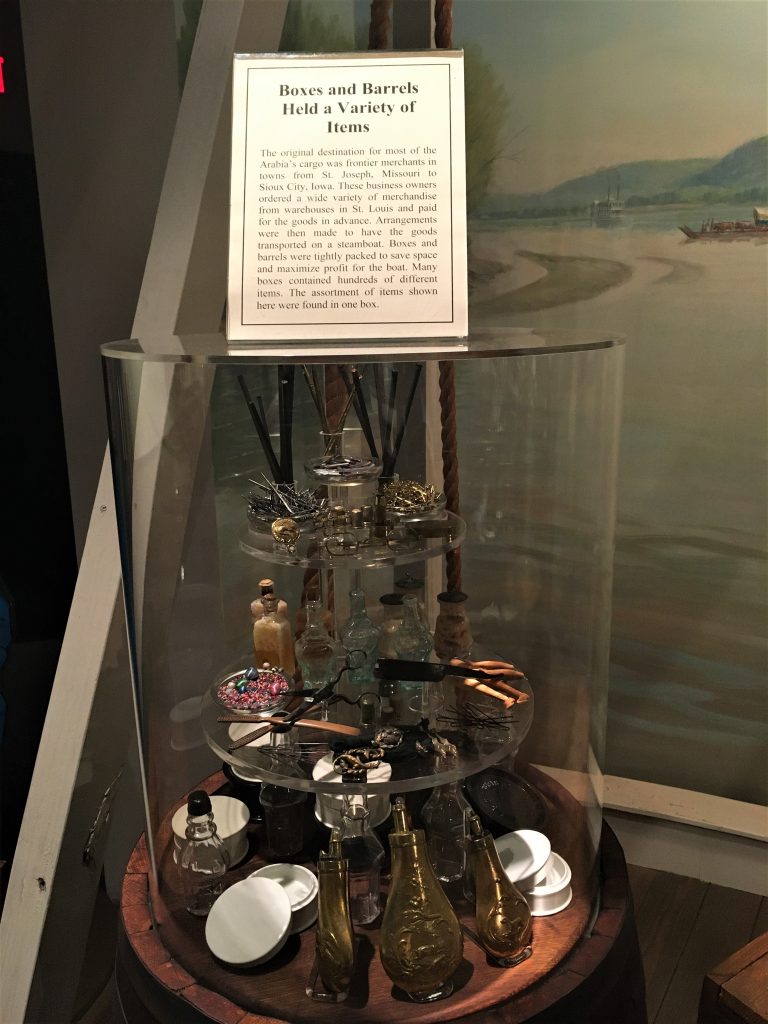
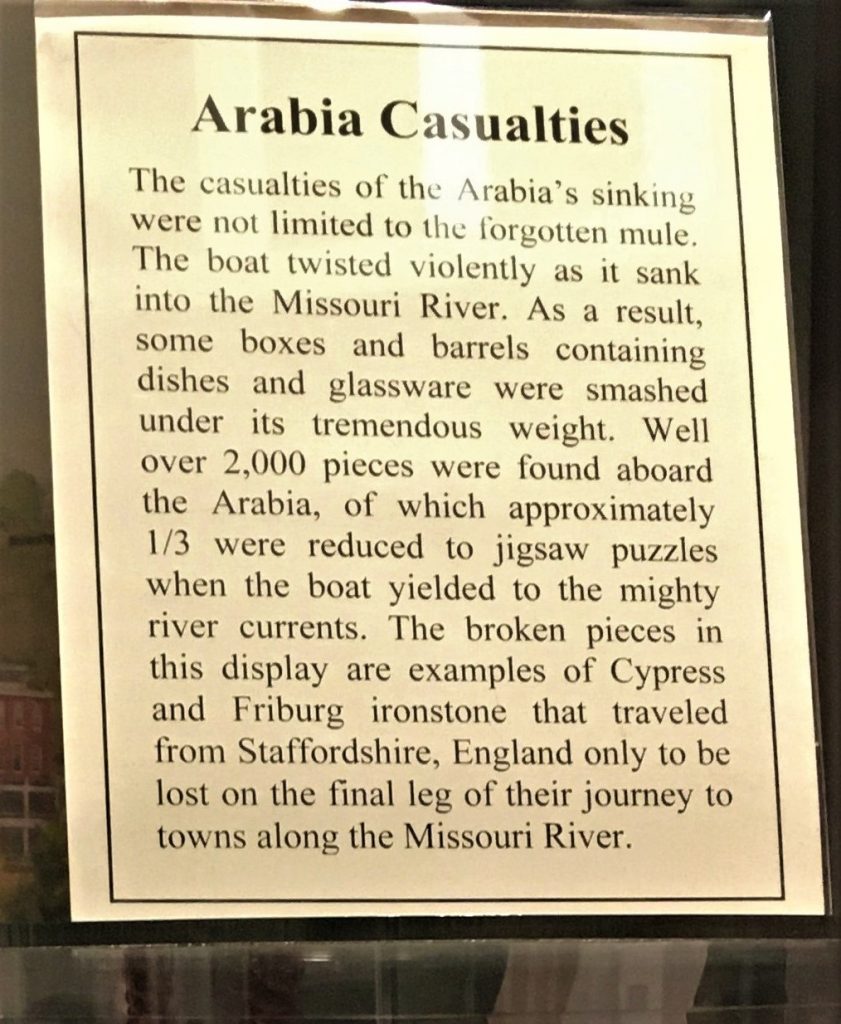
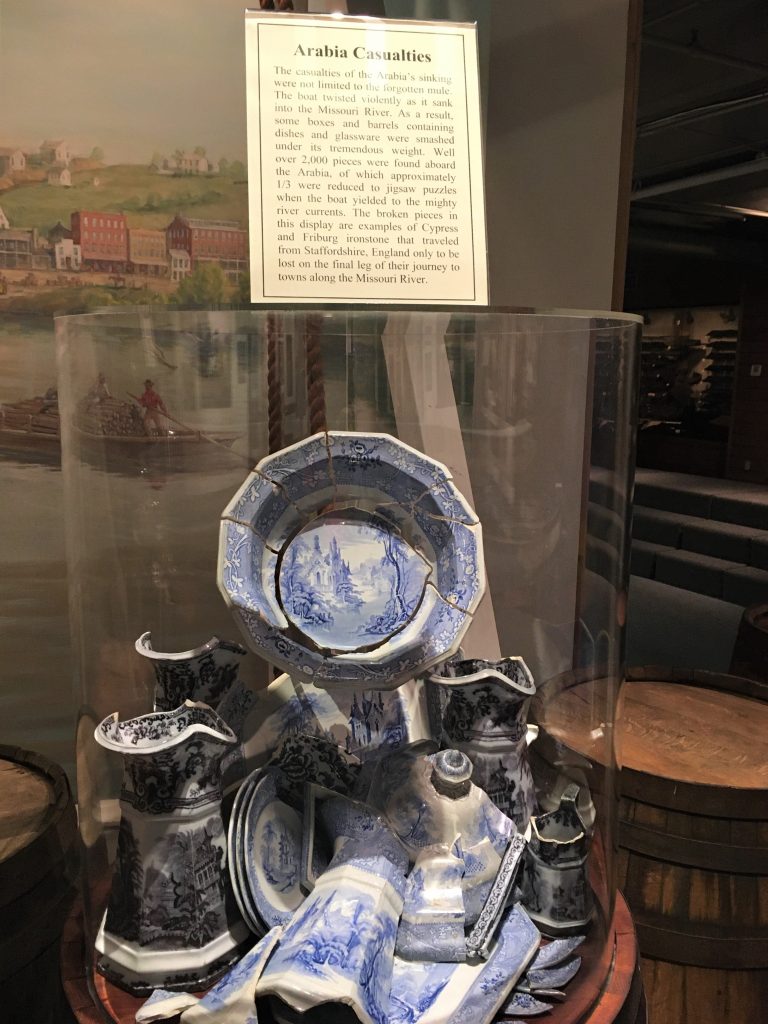
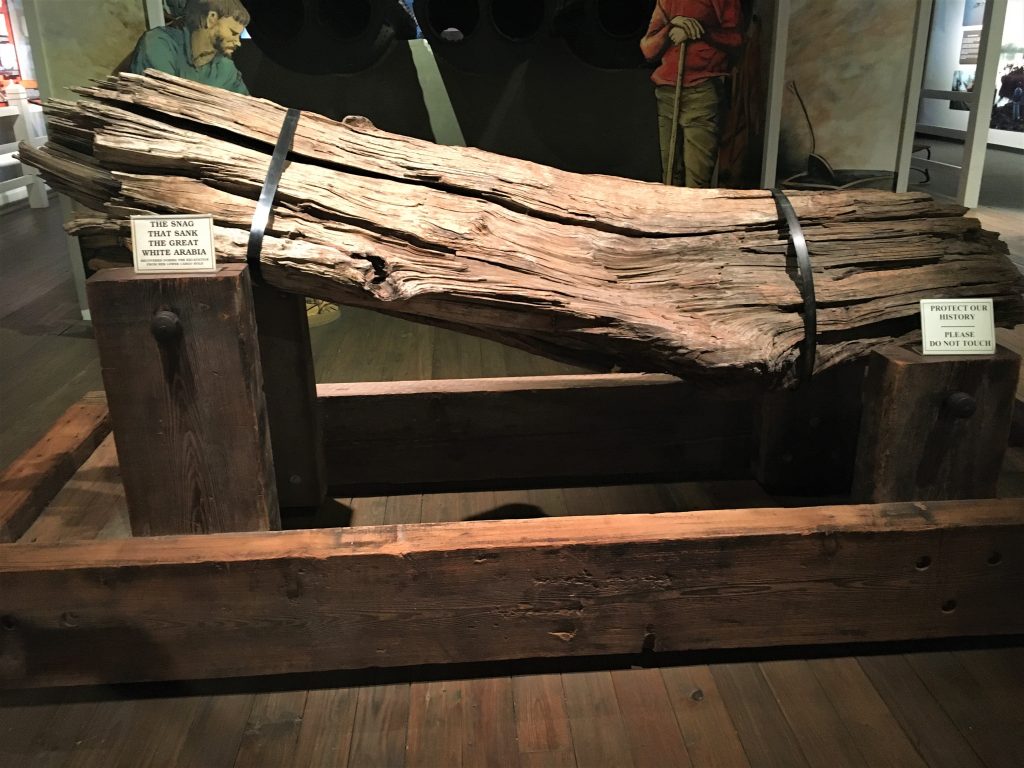
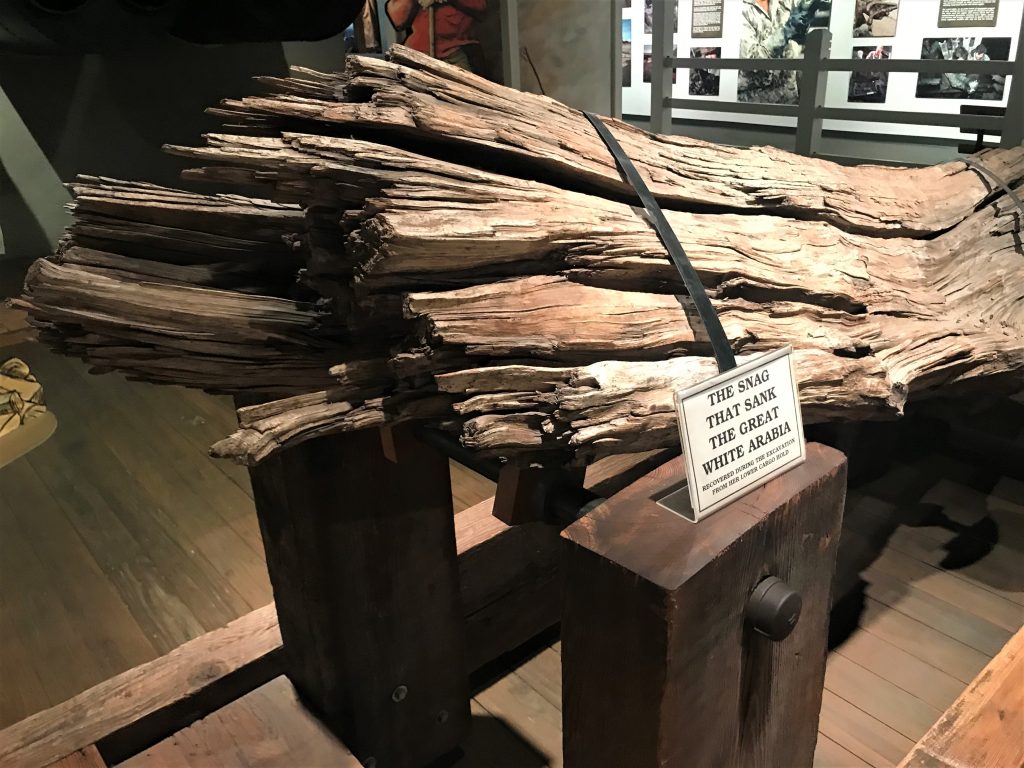

The afternoon found us enjoying Uncle Nick and Aunt Sherri’s company, including a wonderful chicken pasta salad and bread for dinner, with strawberry shortcake for dessert.

They have lots of things blooming around the property! Very pretty!
